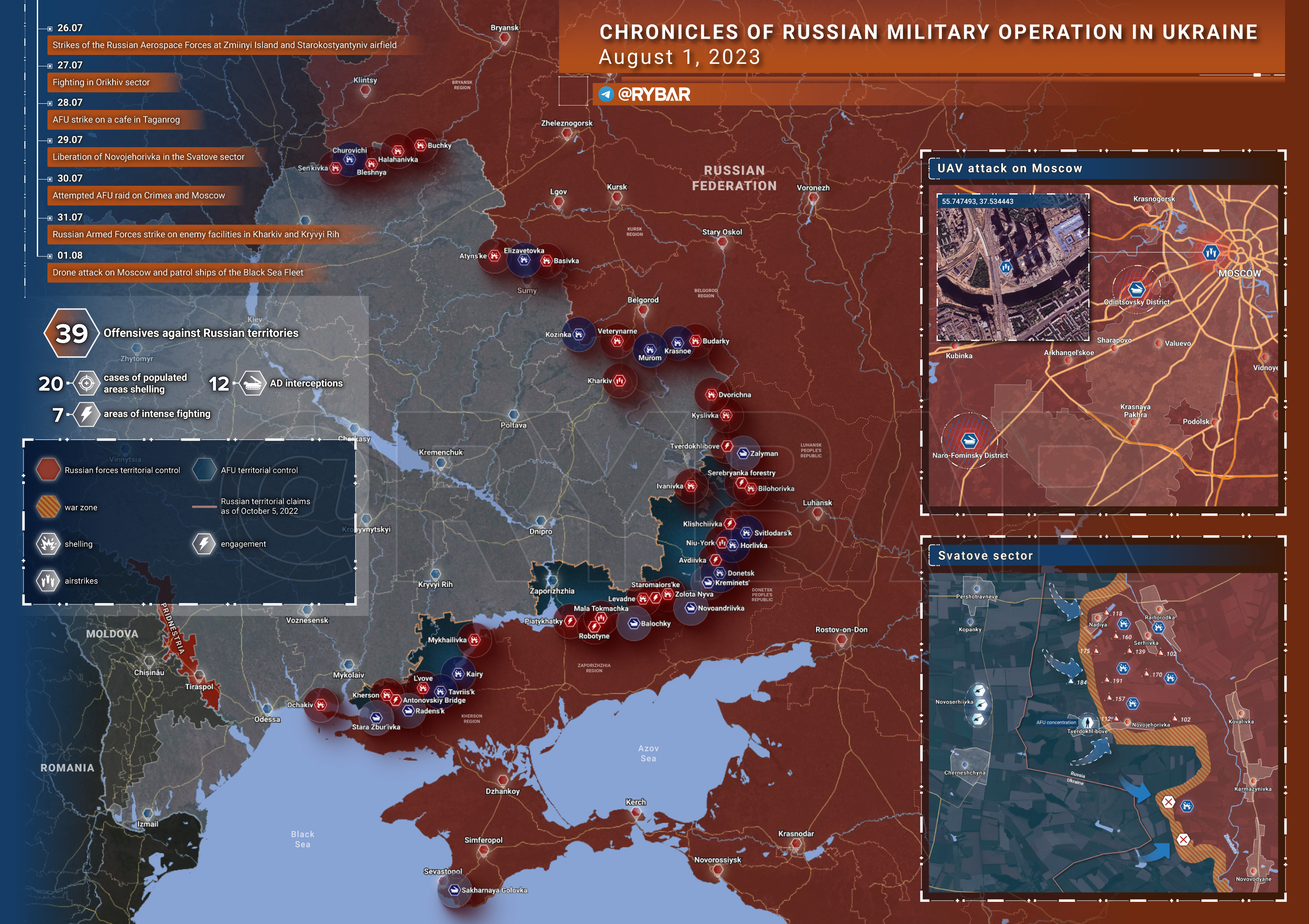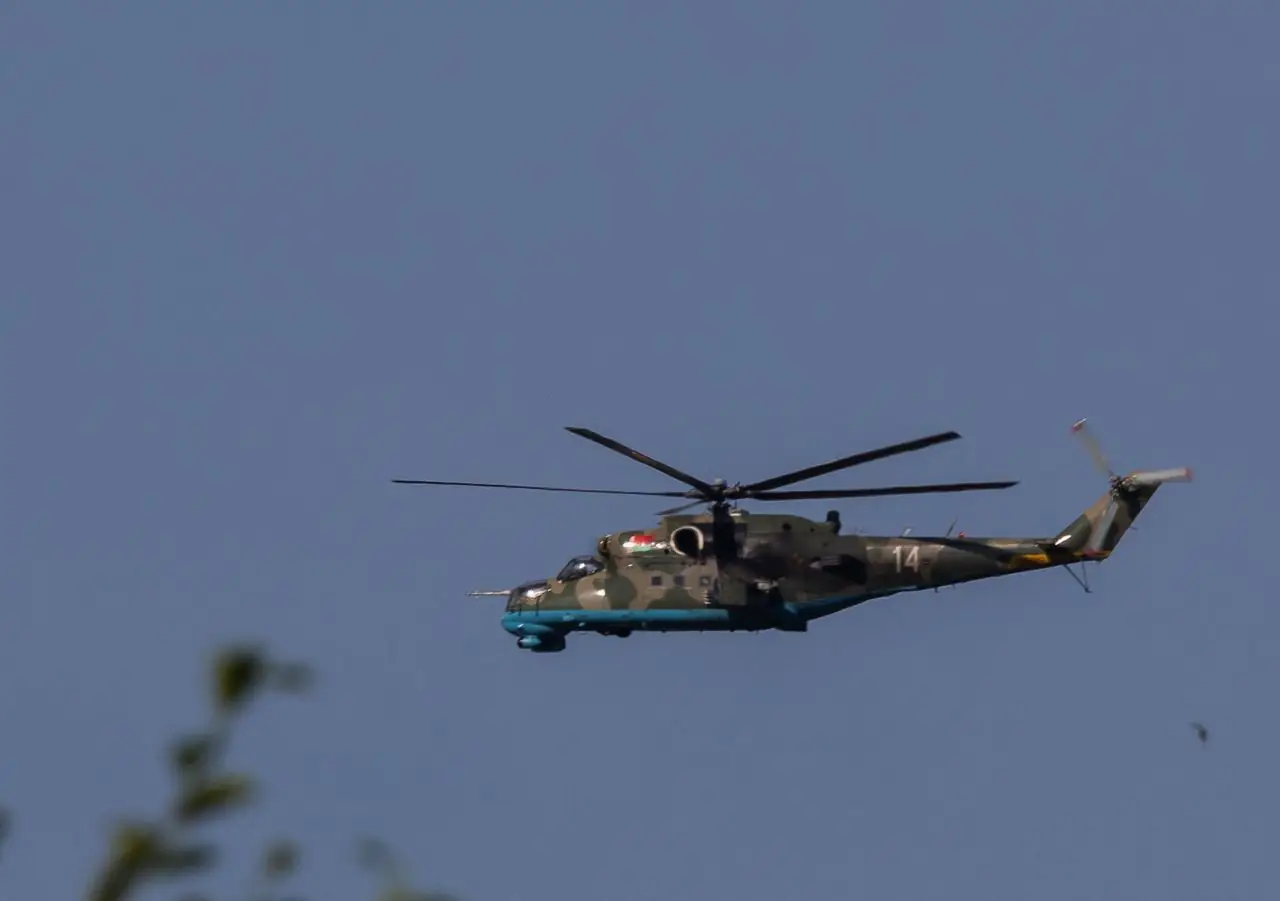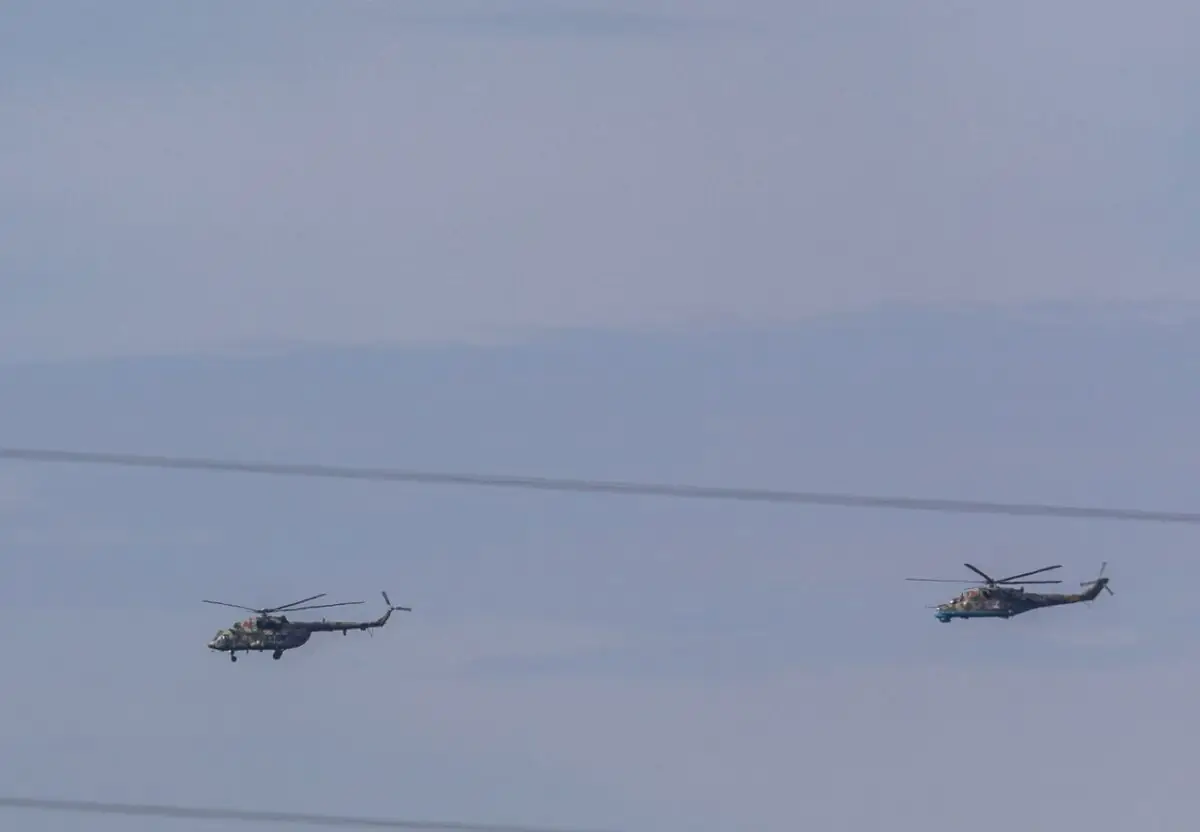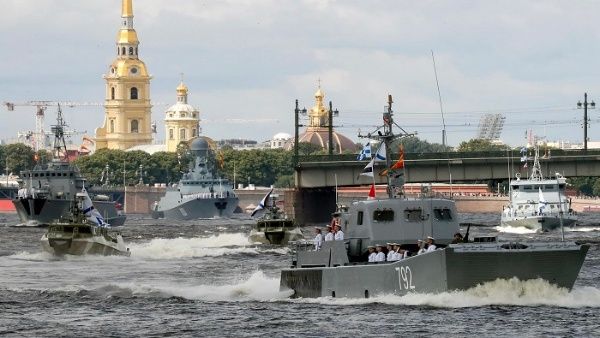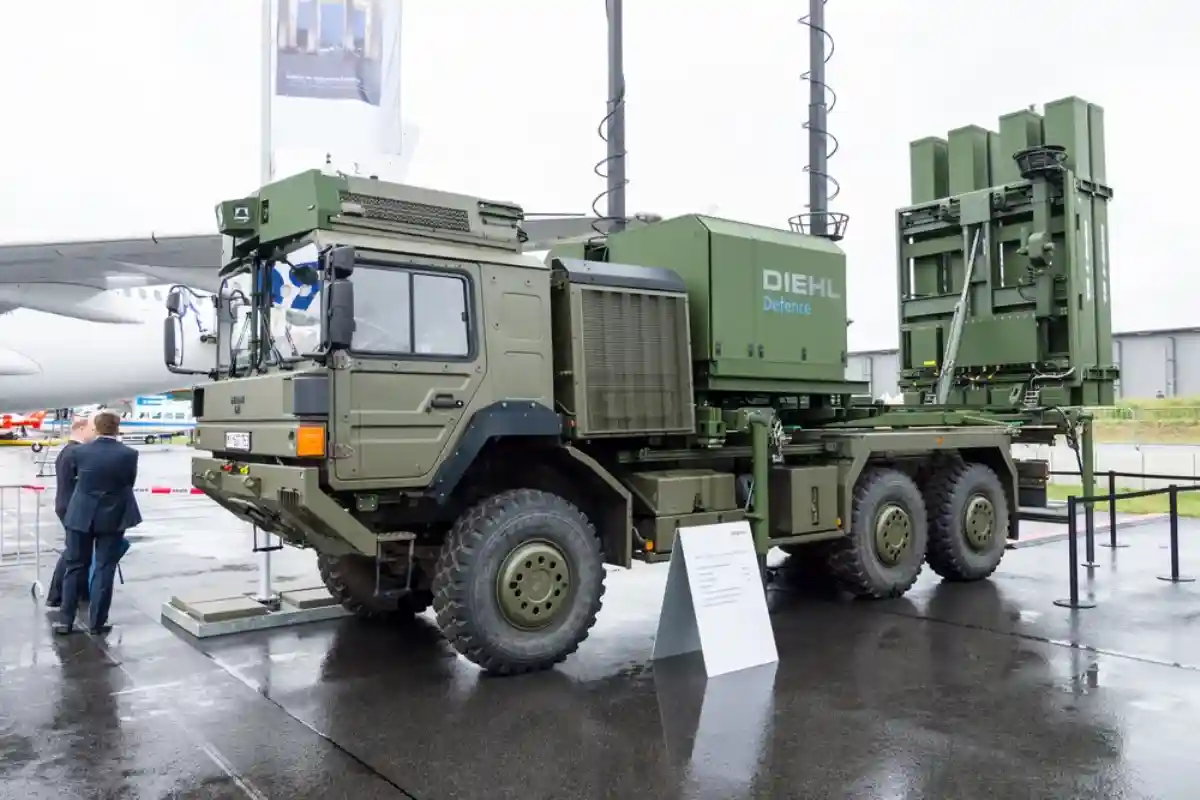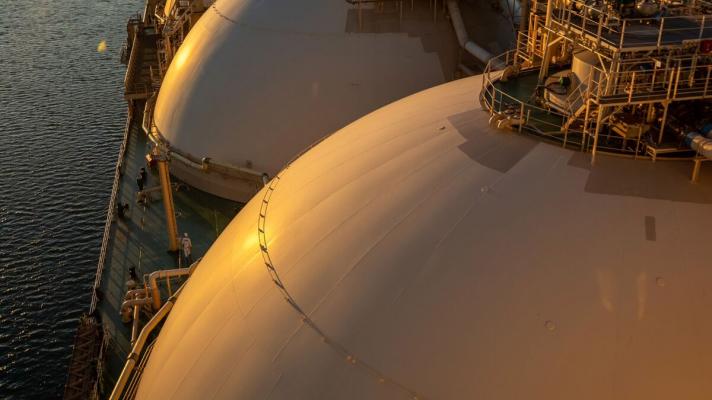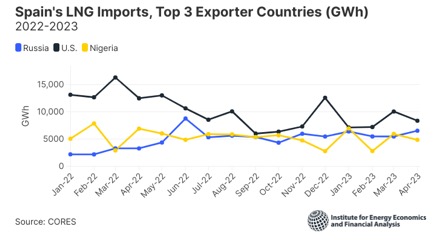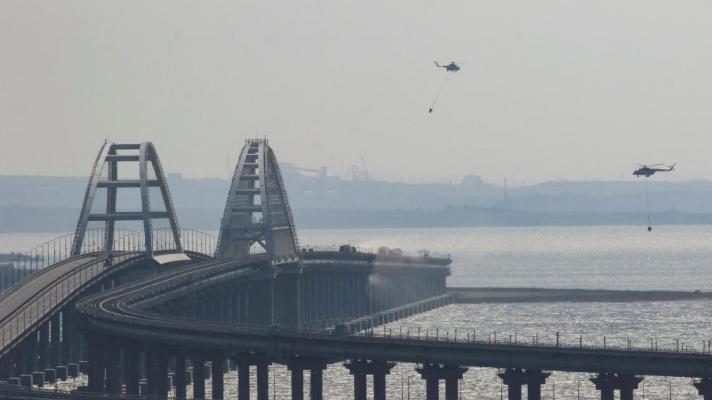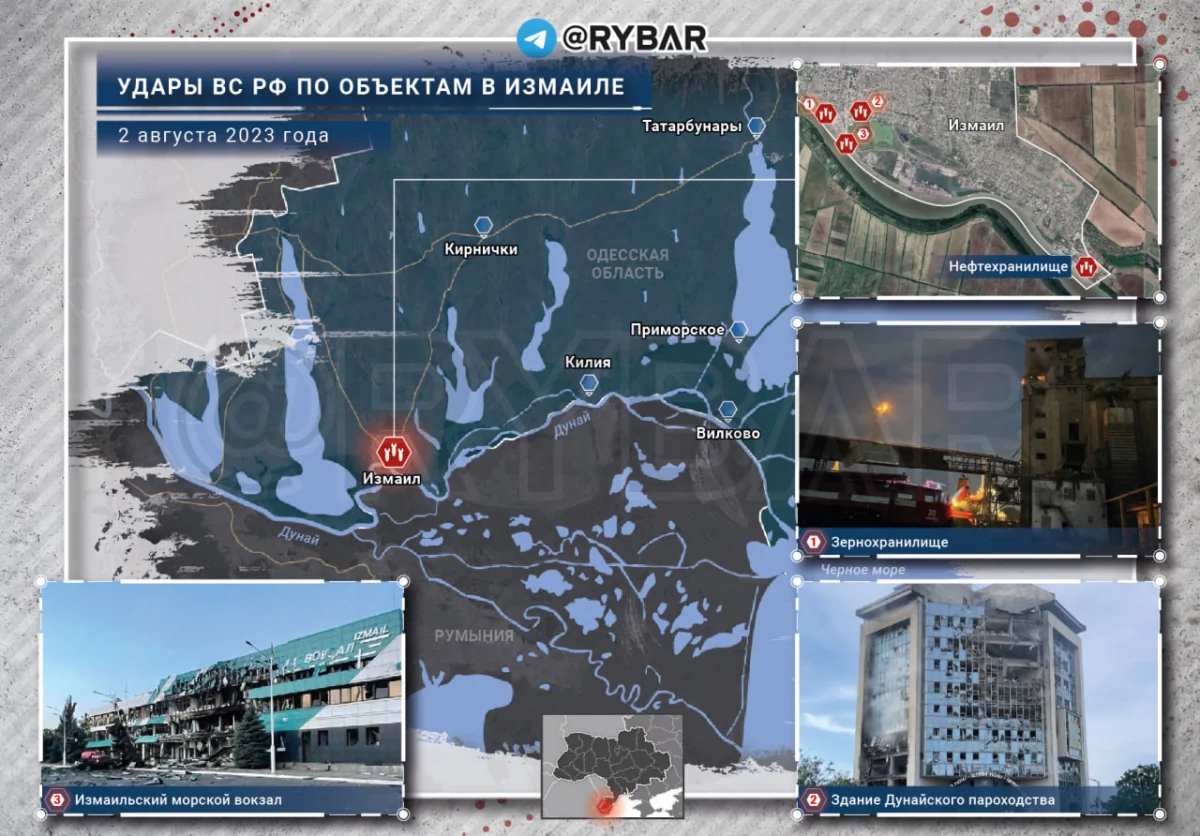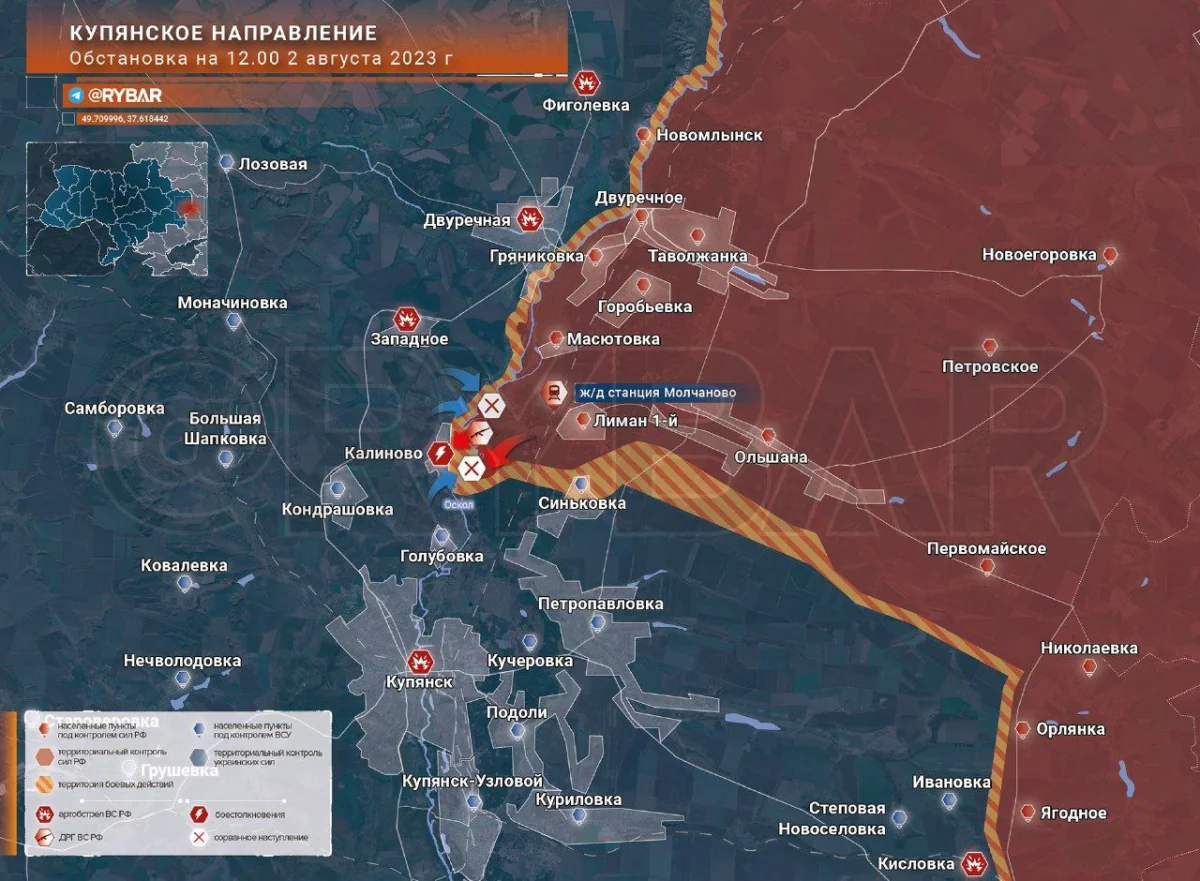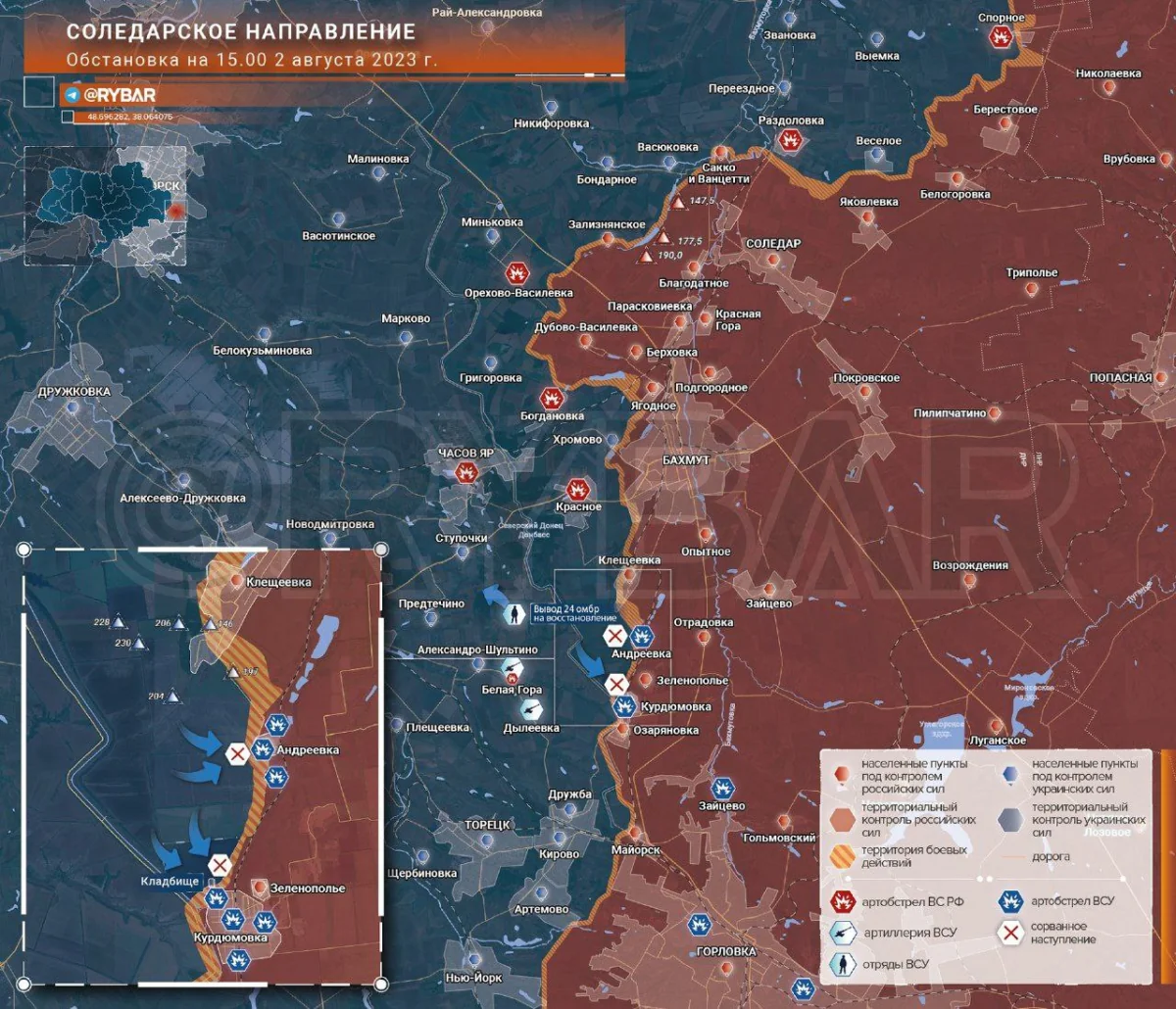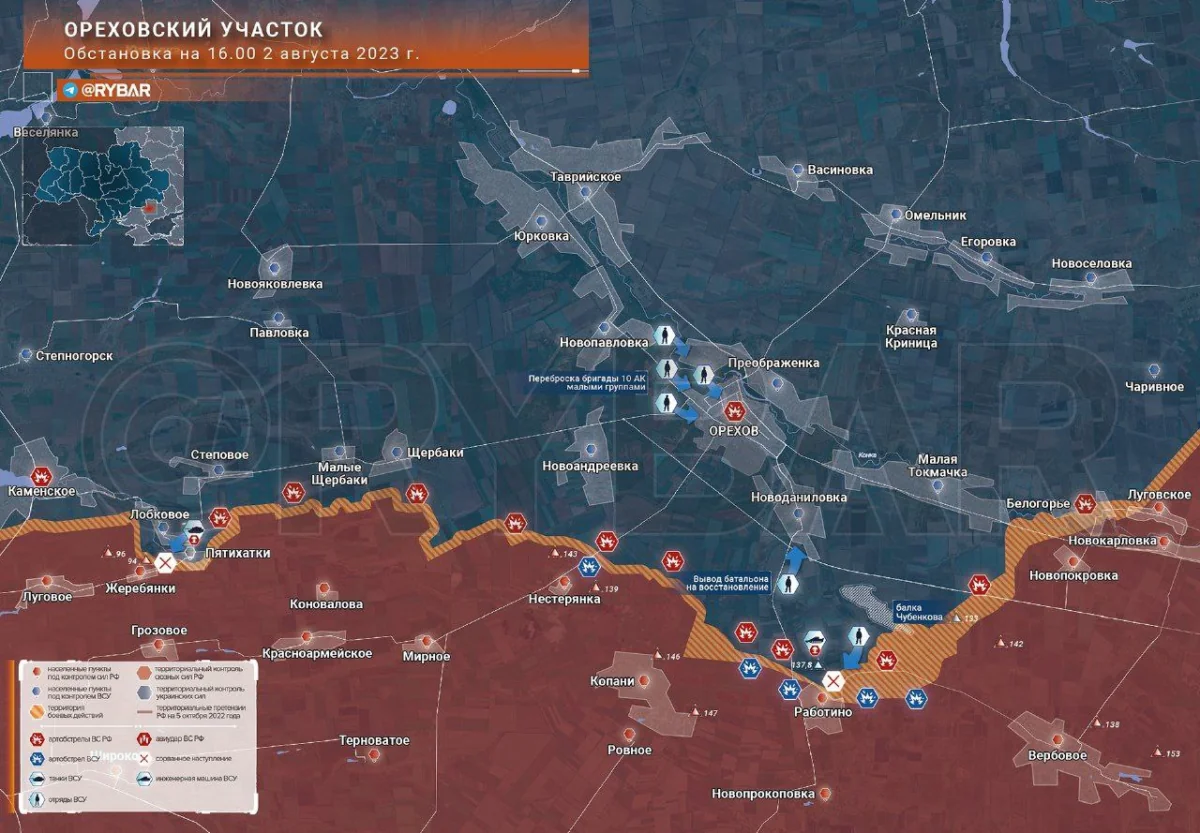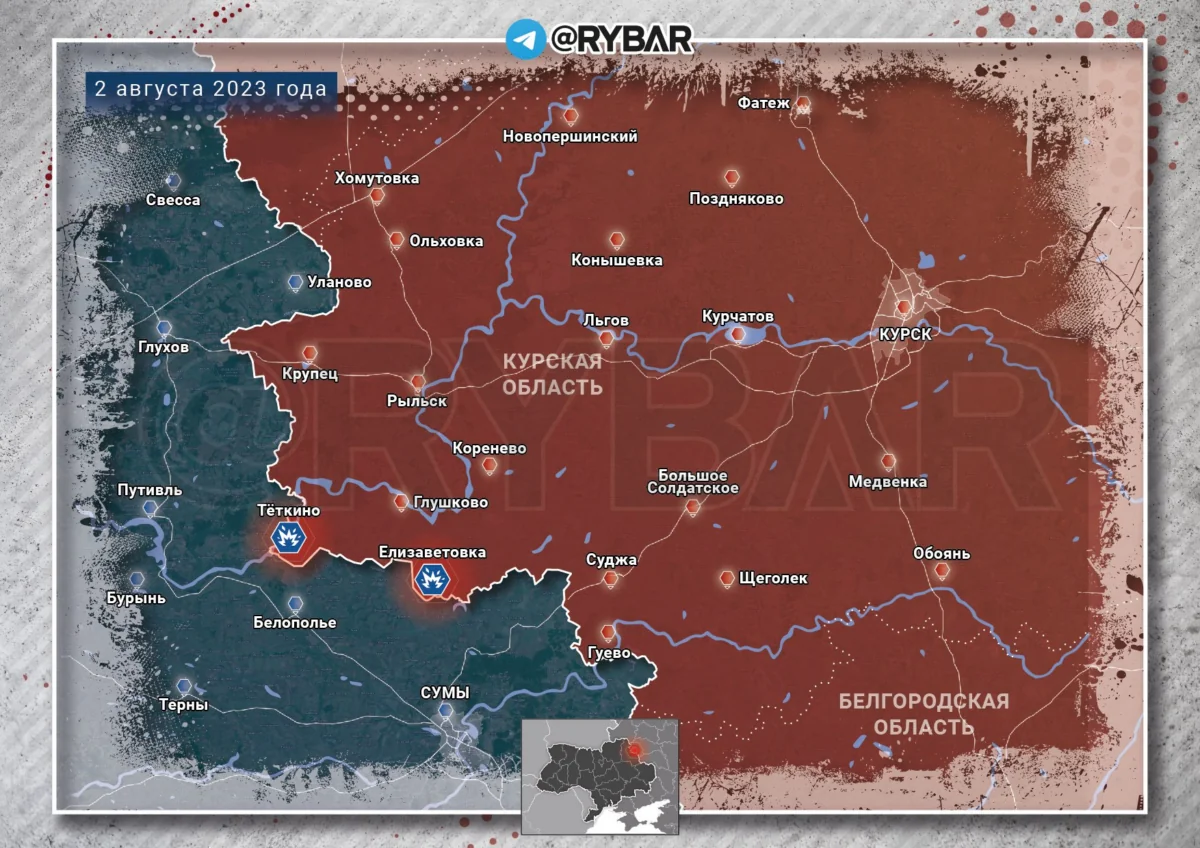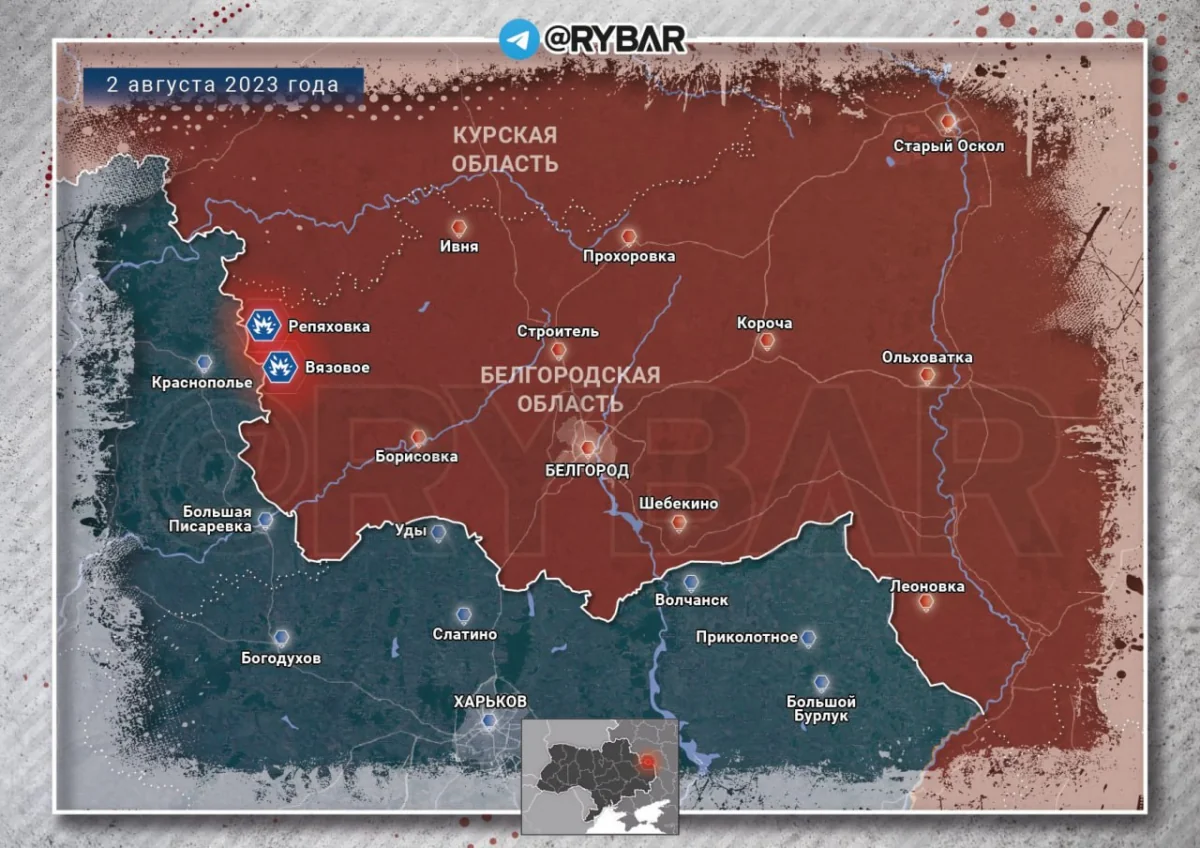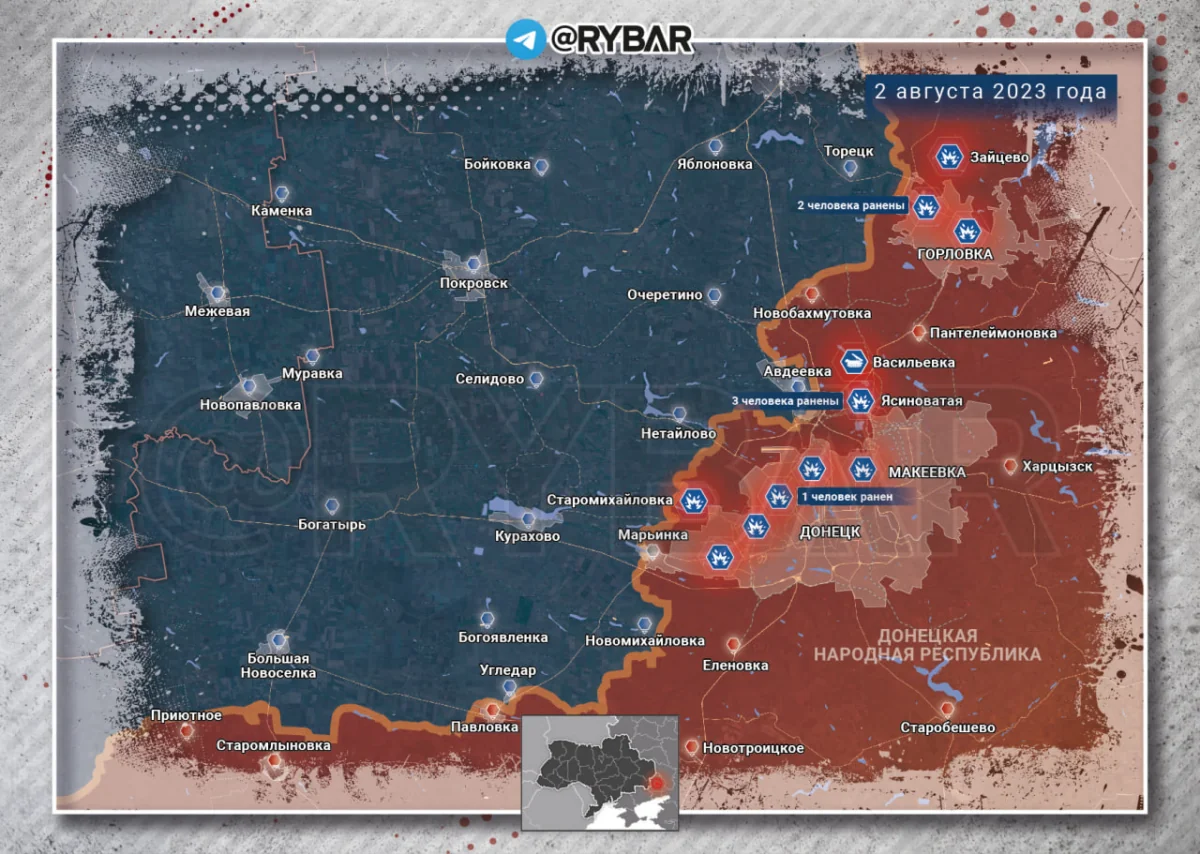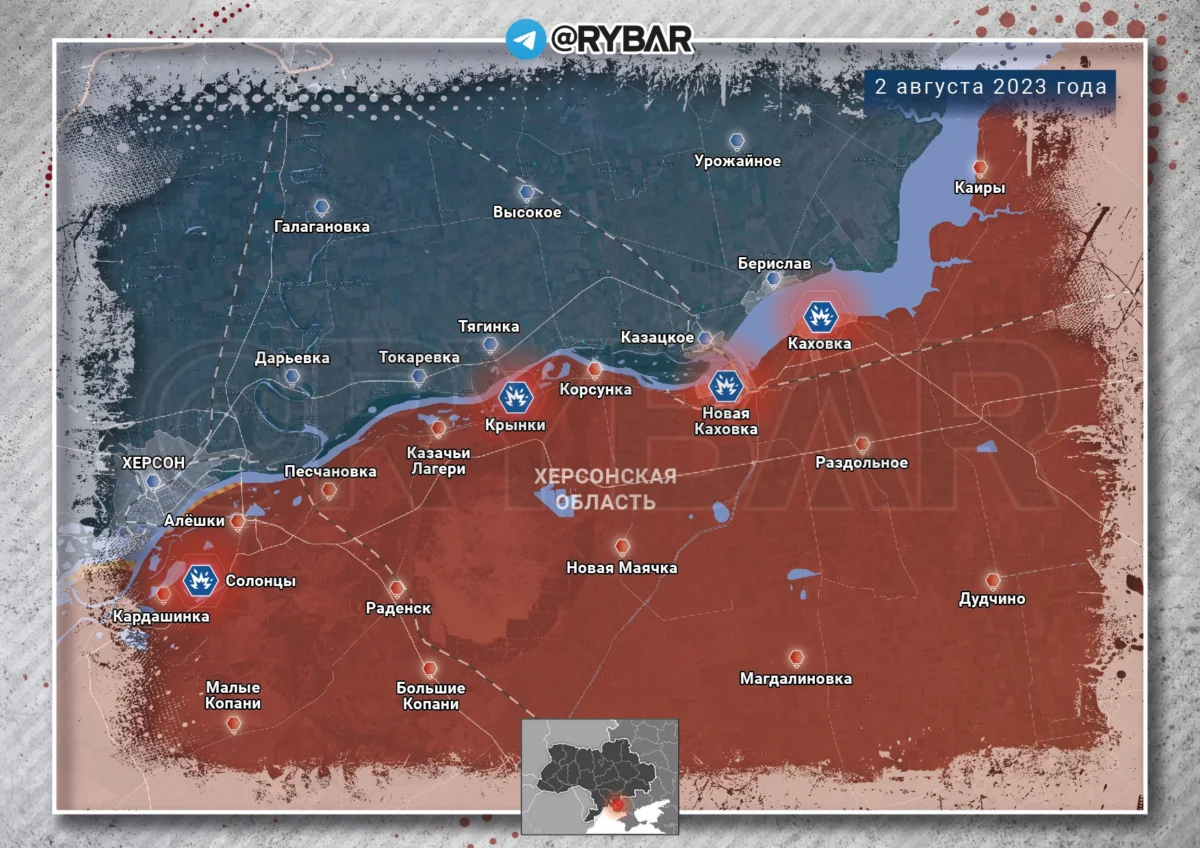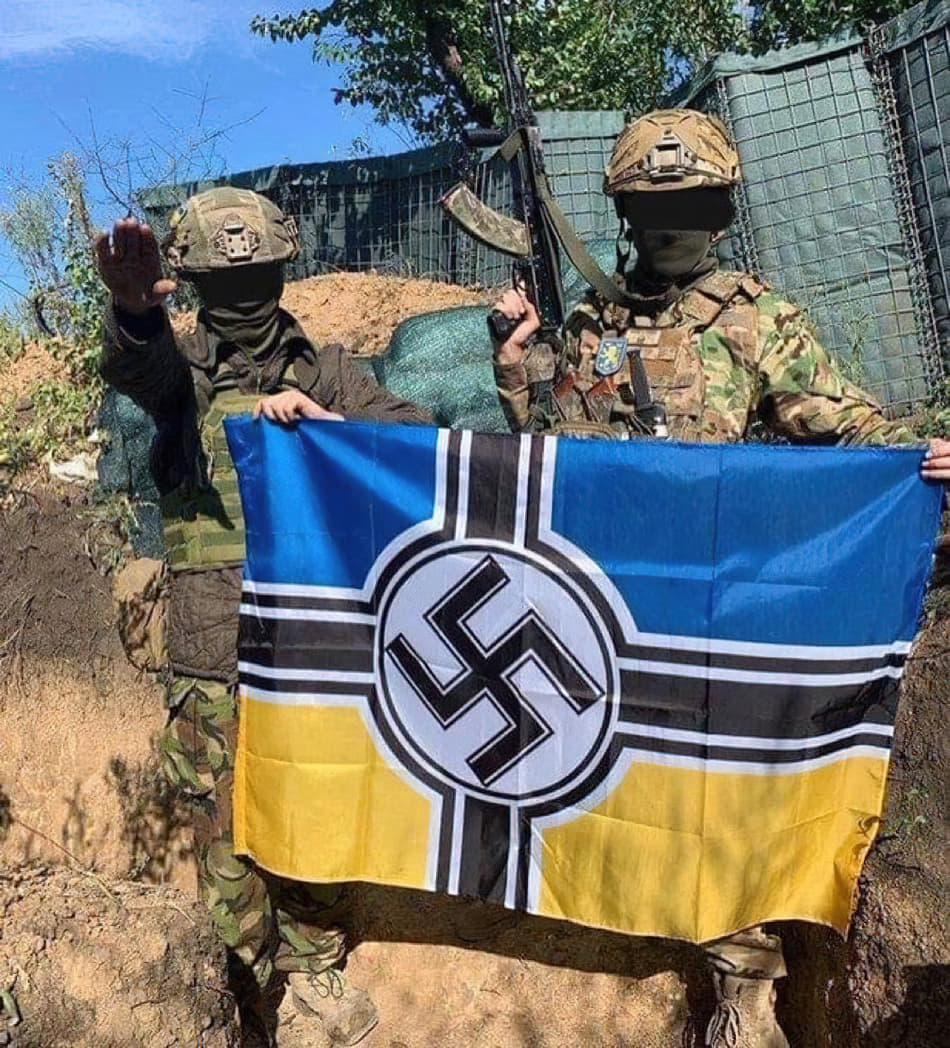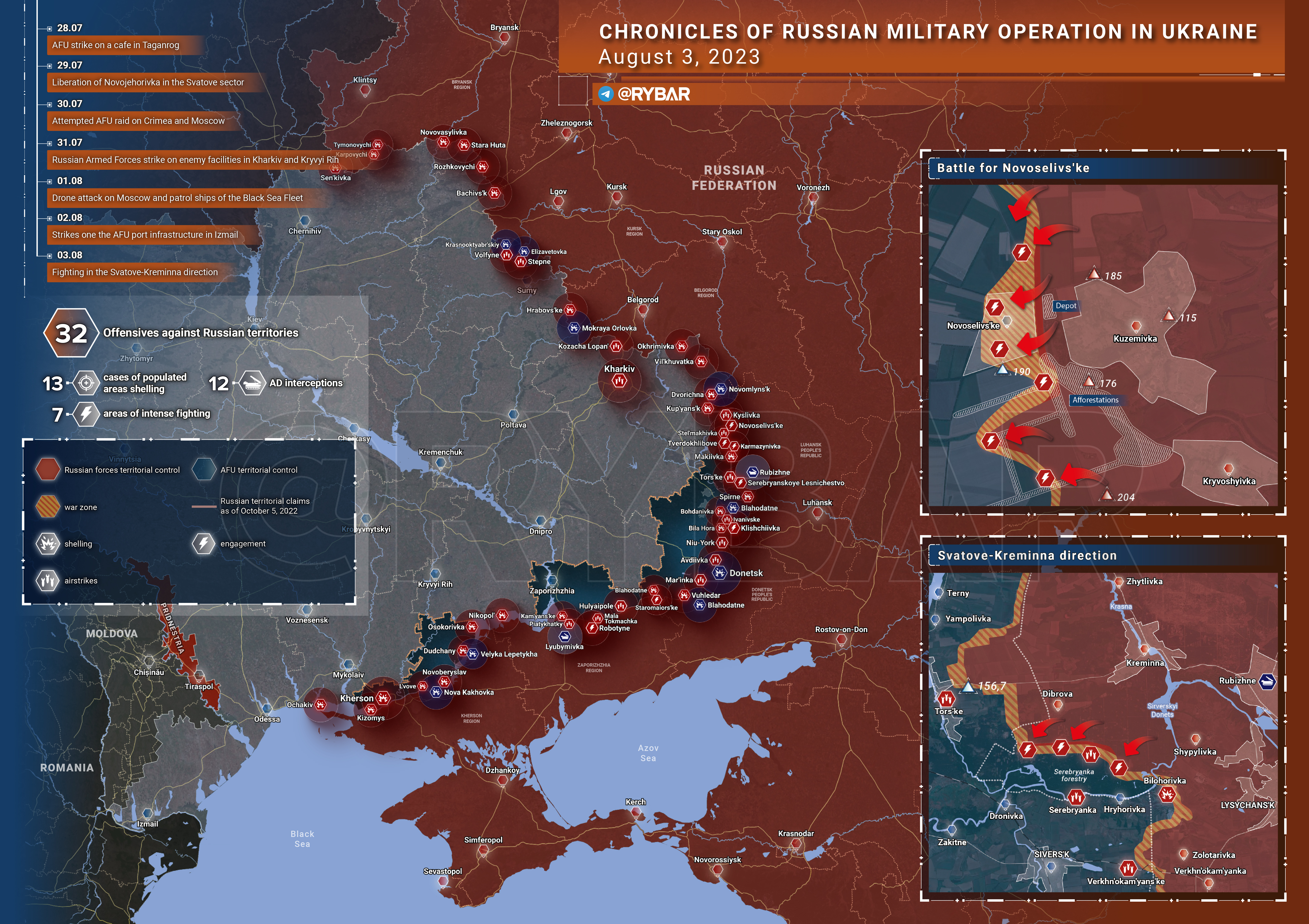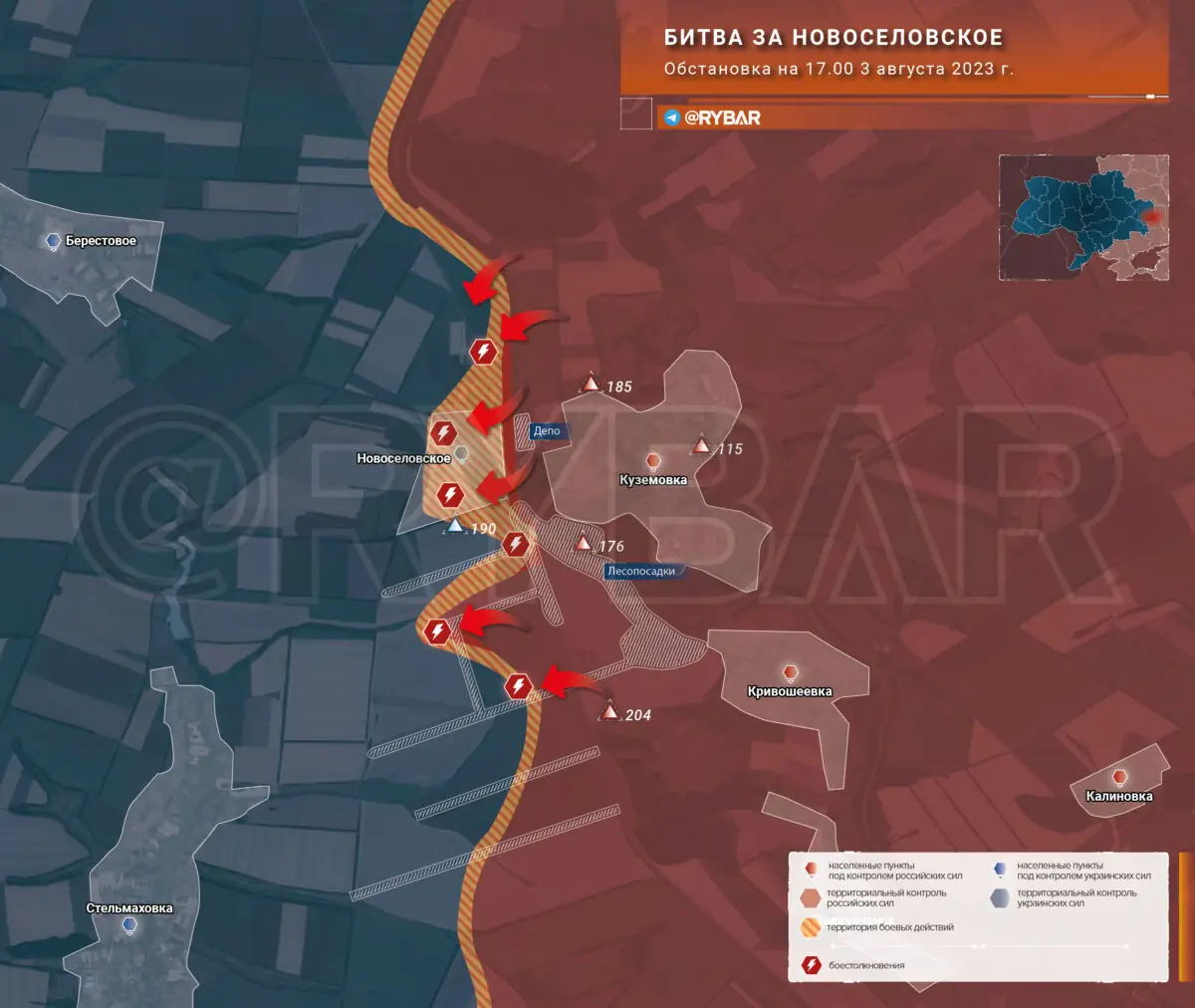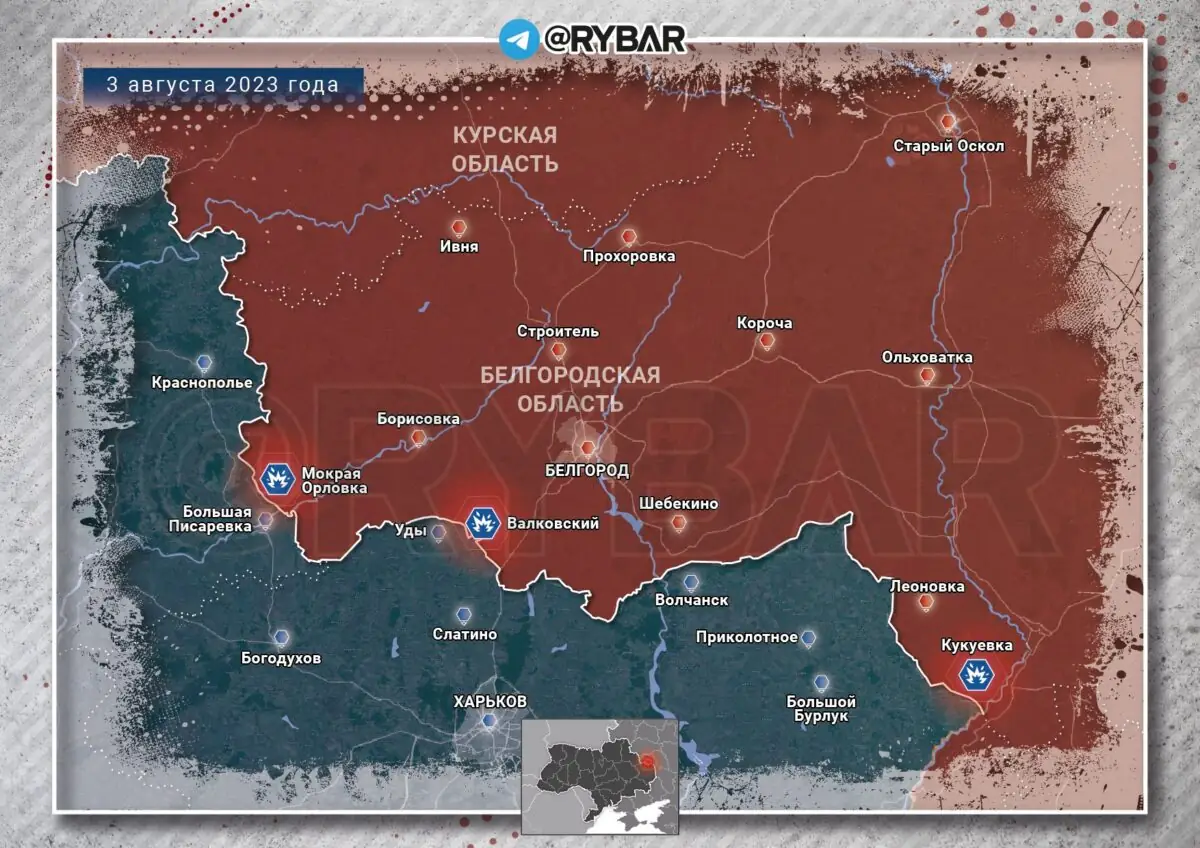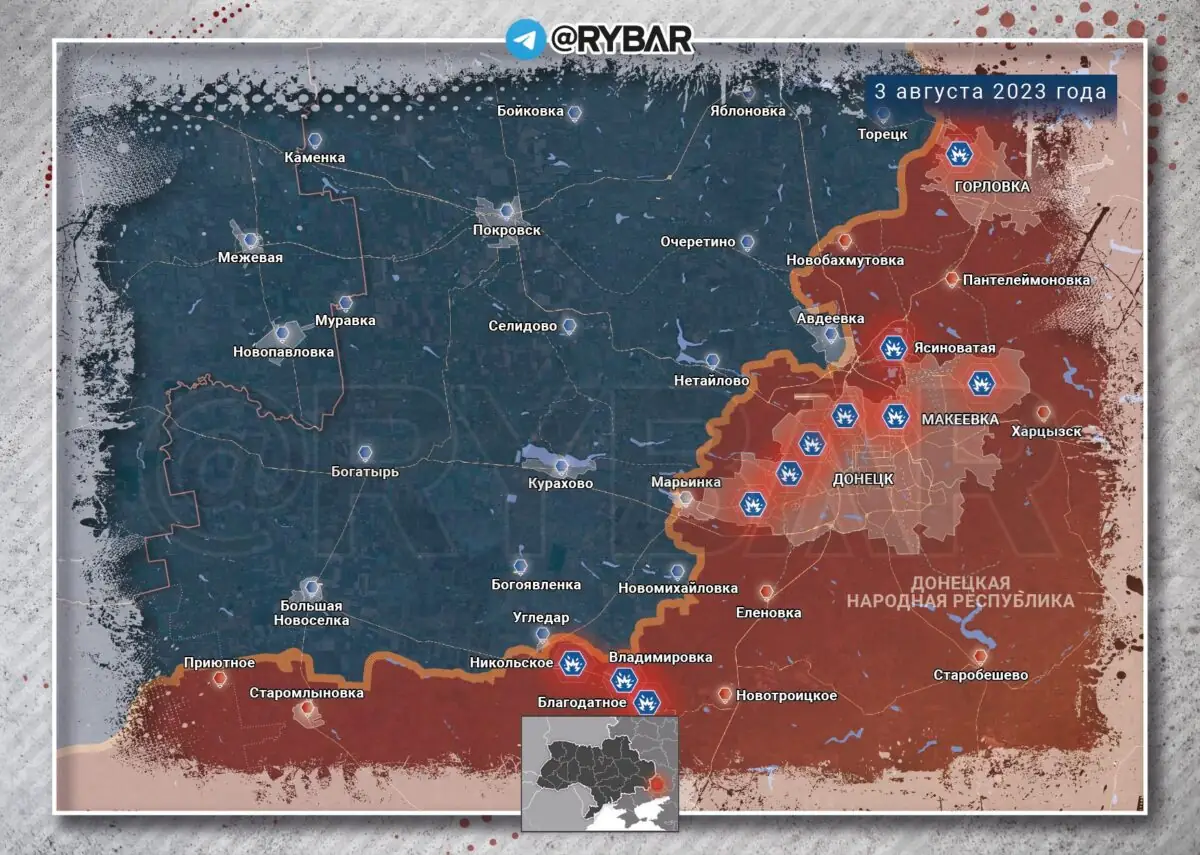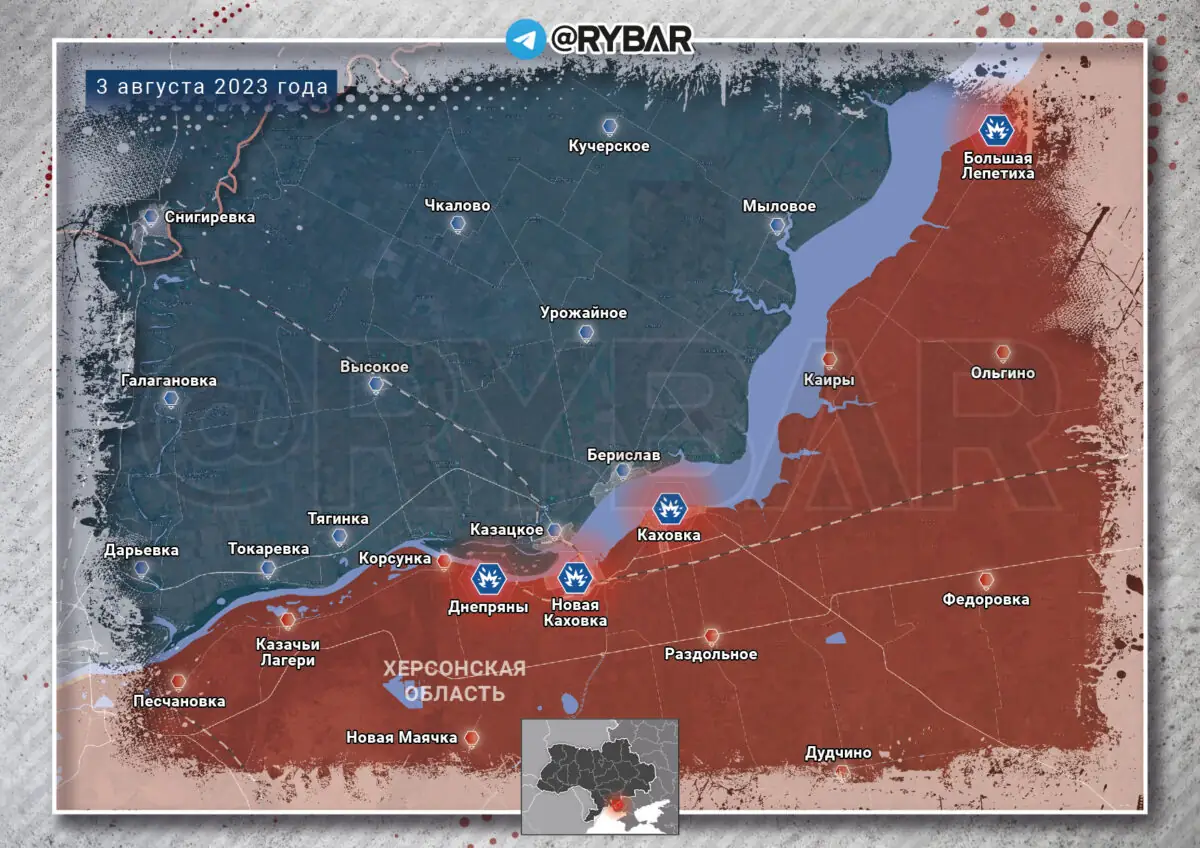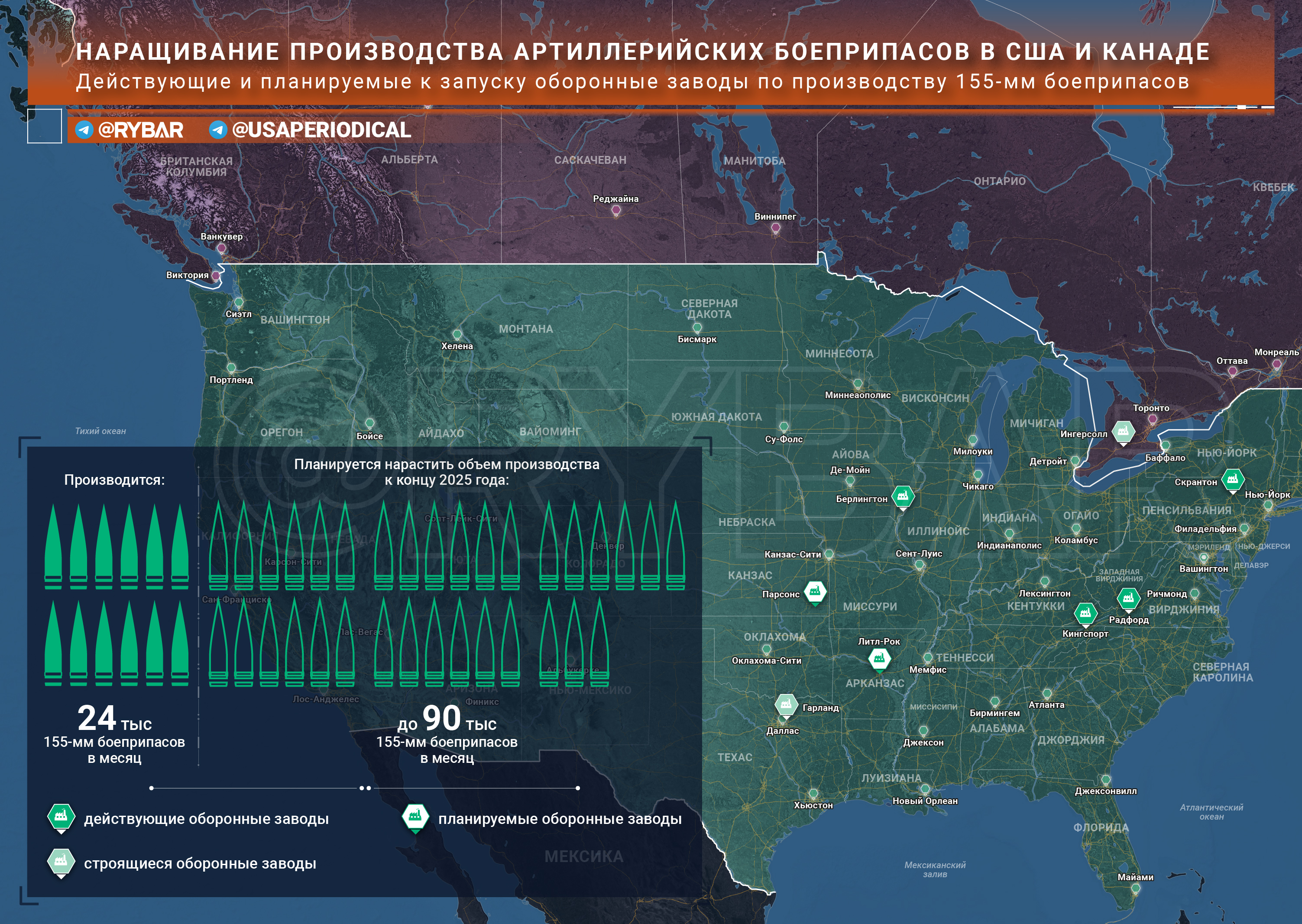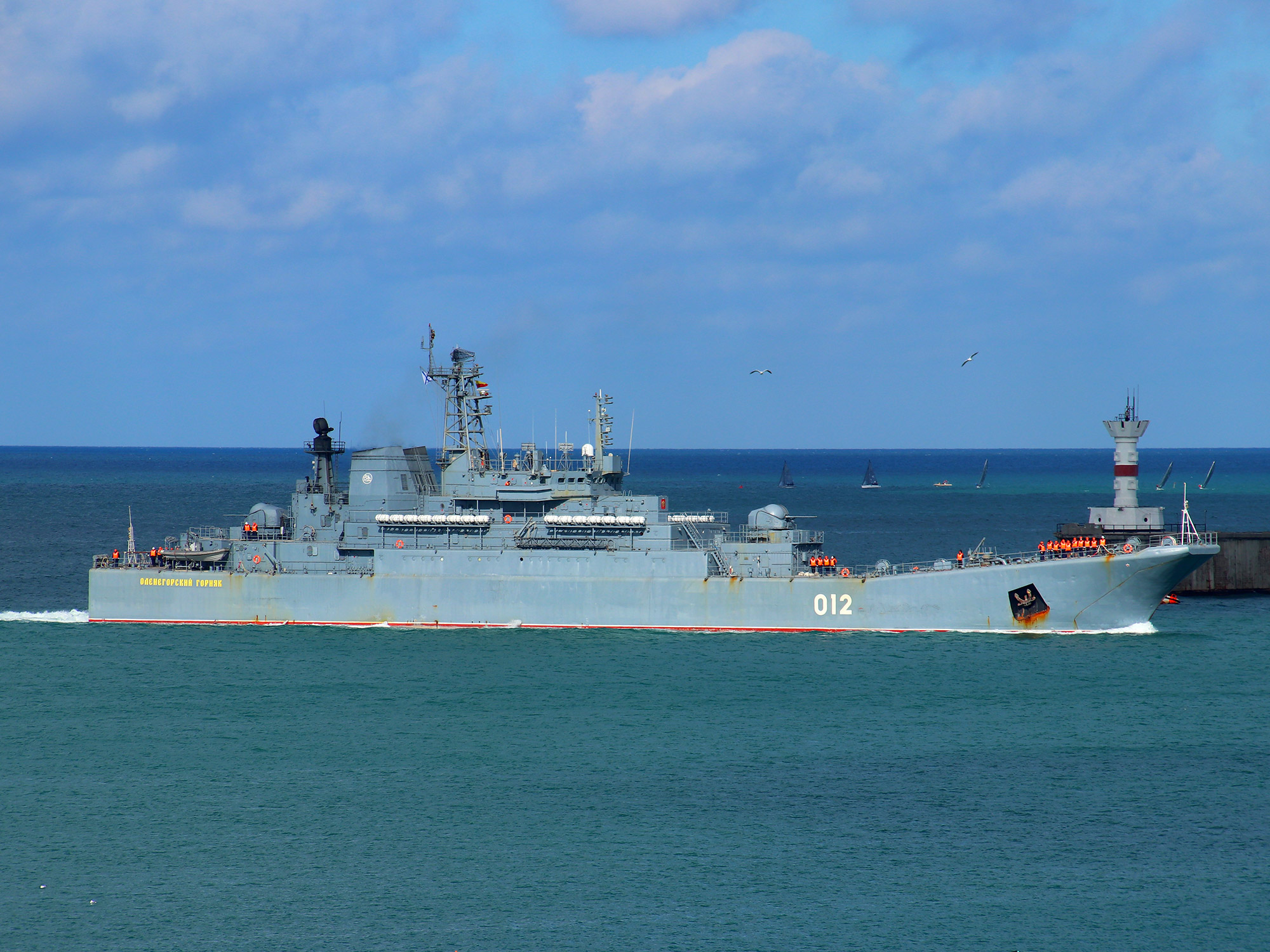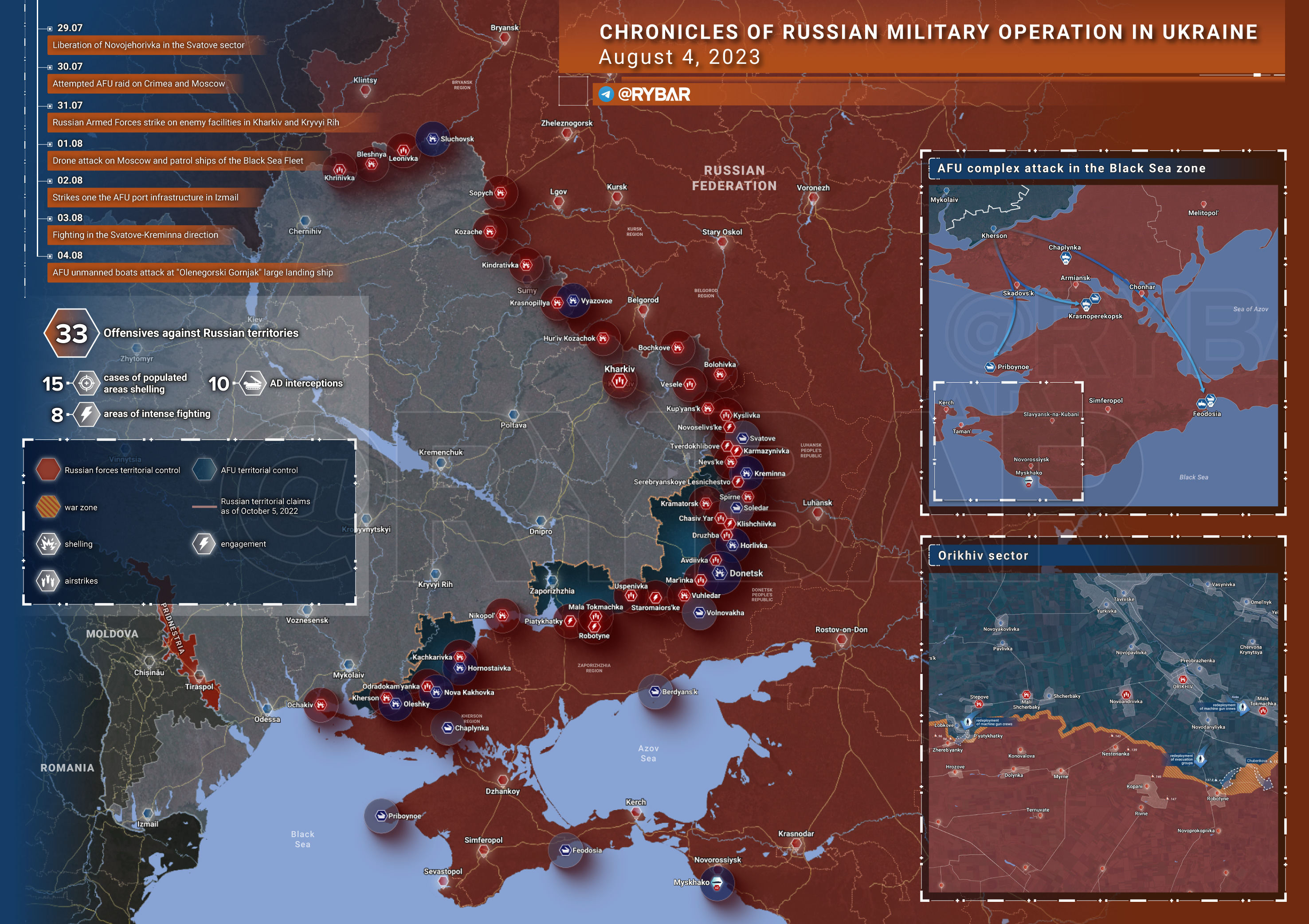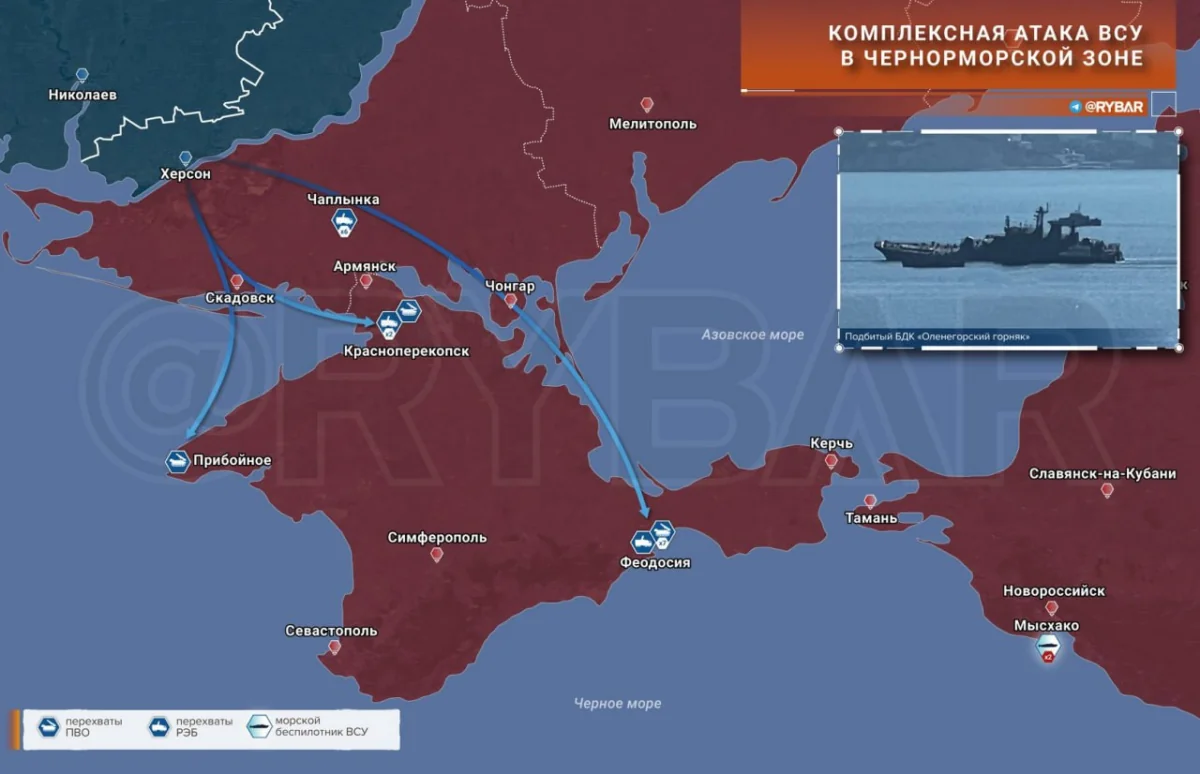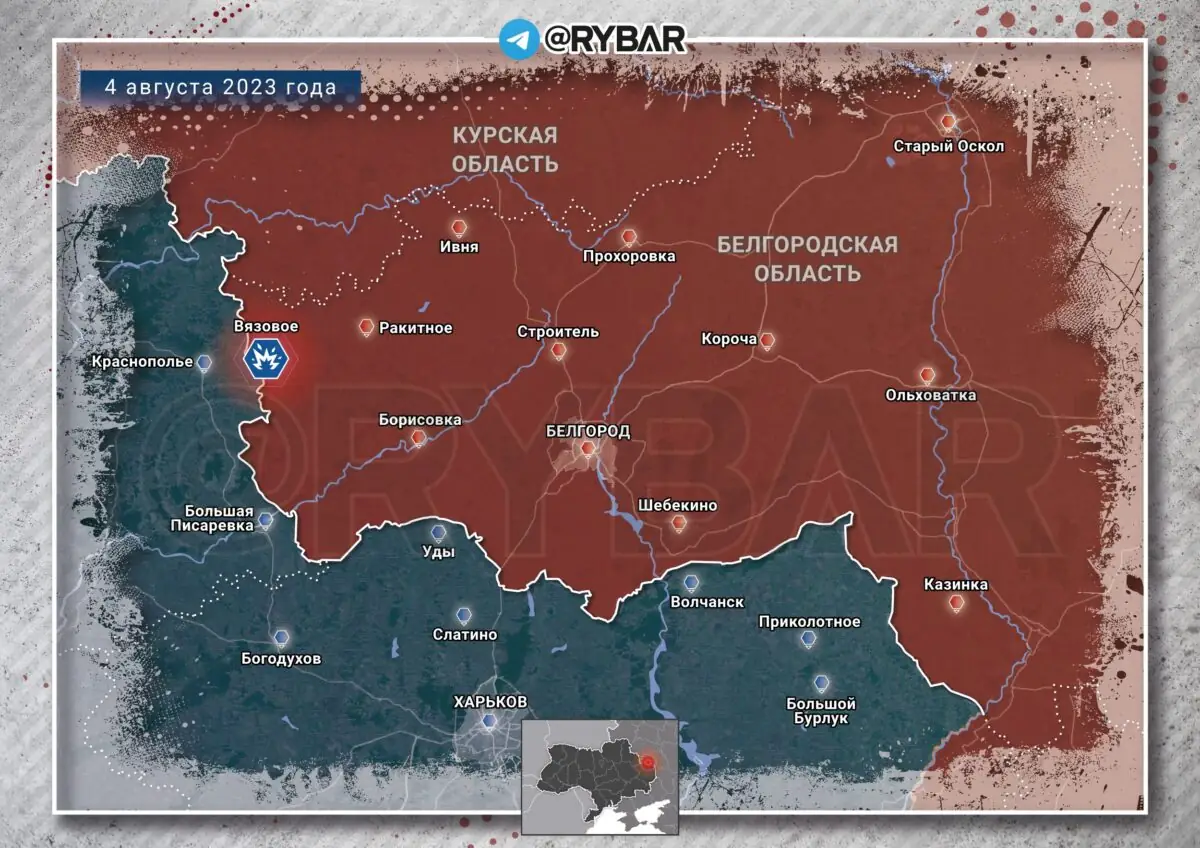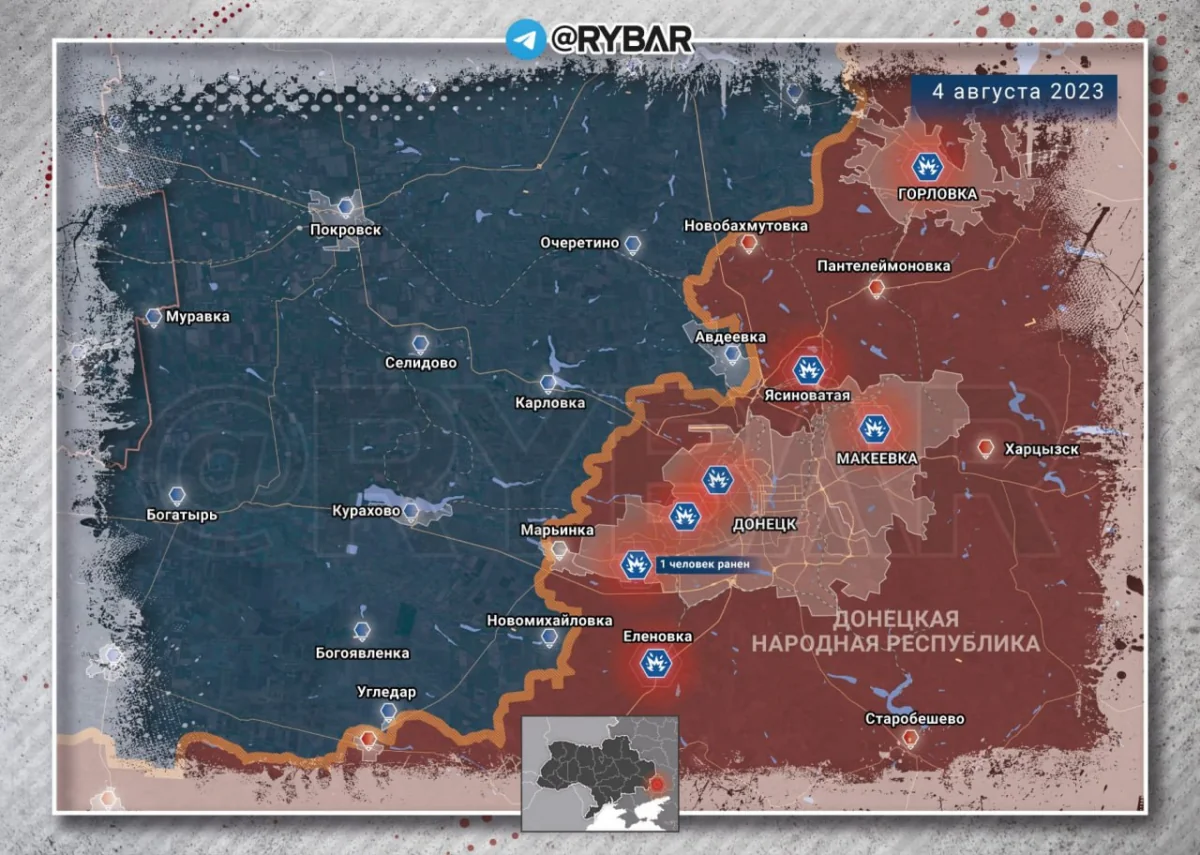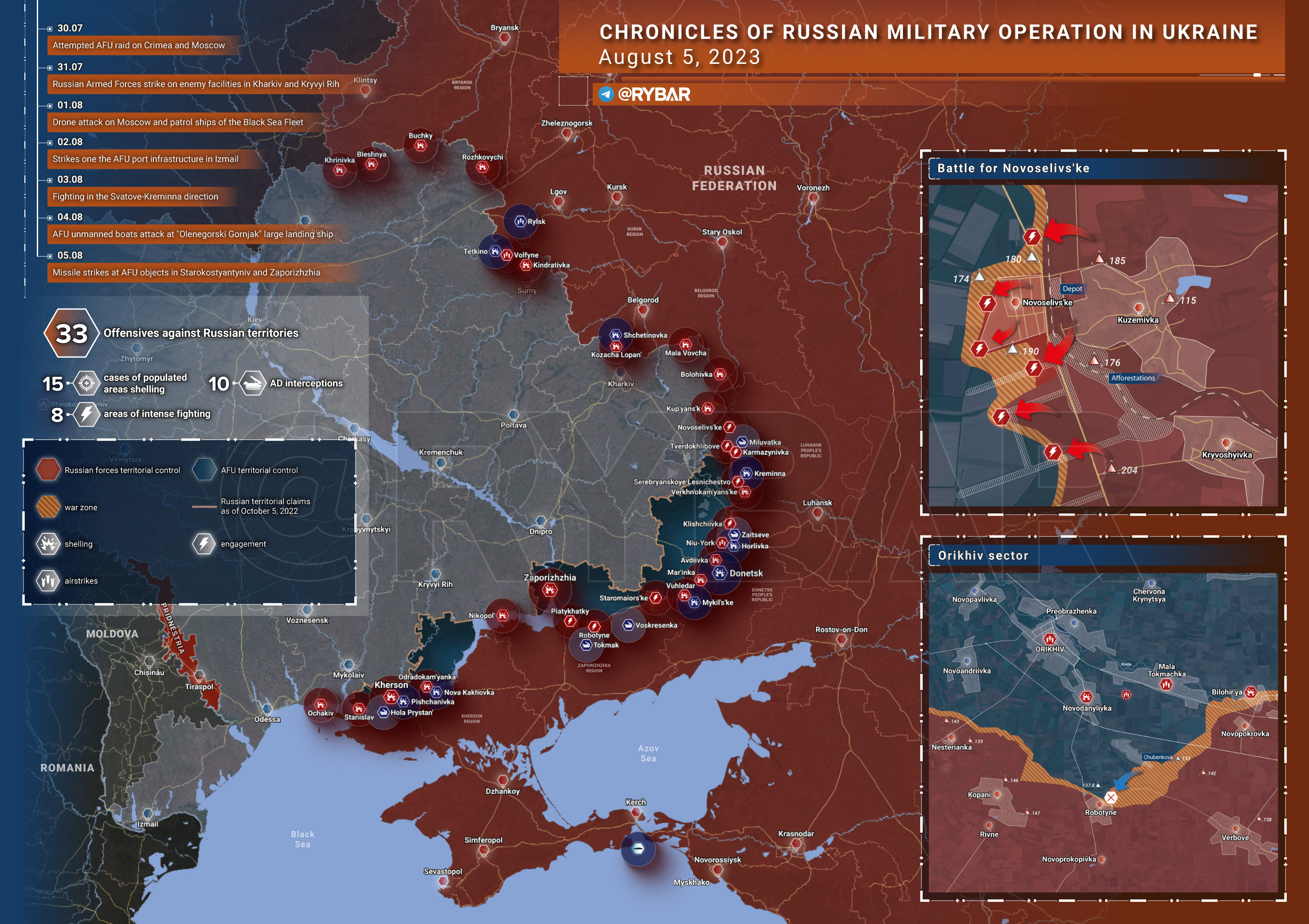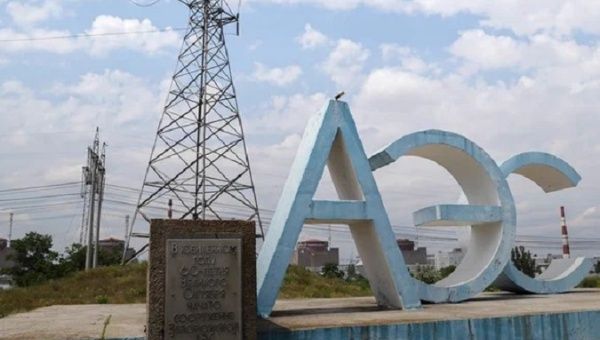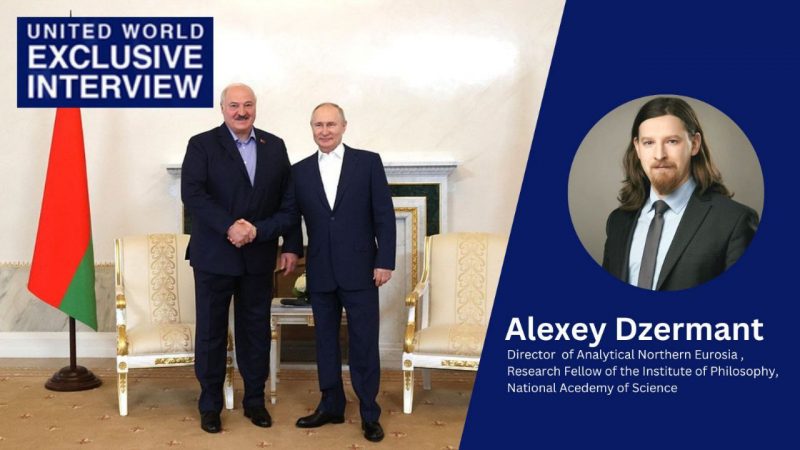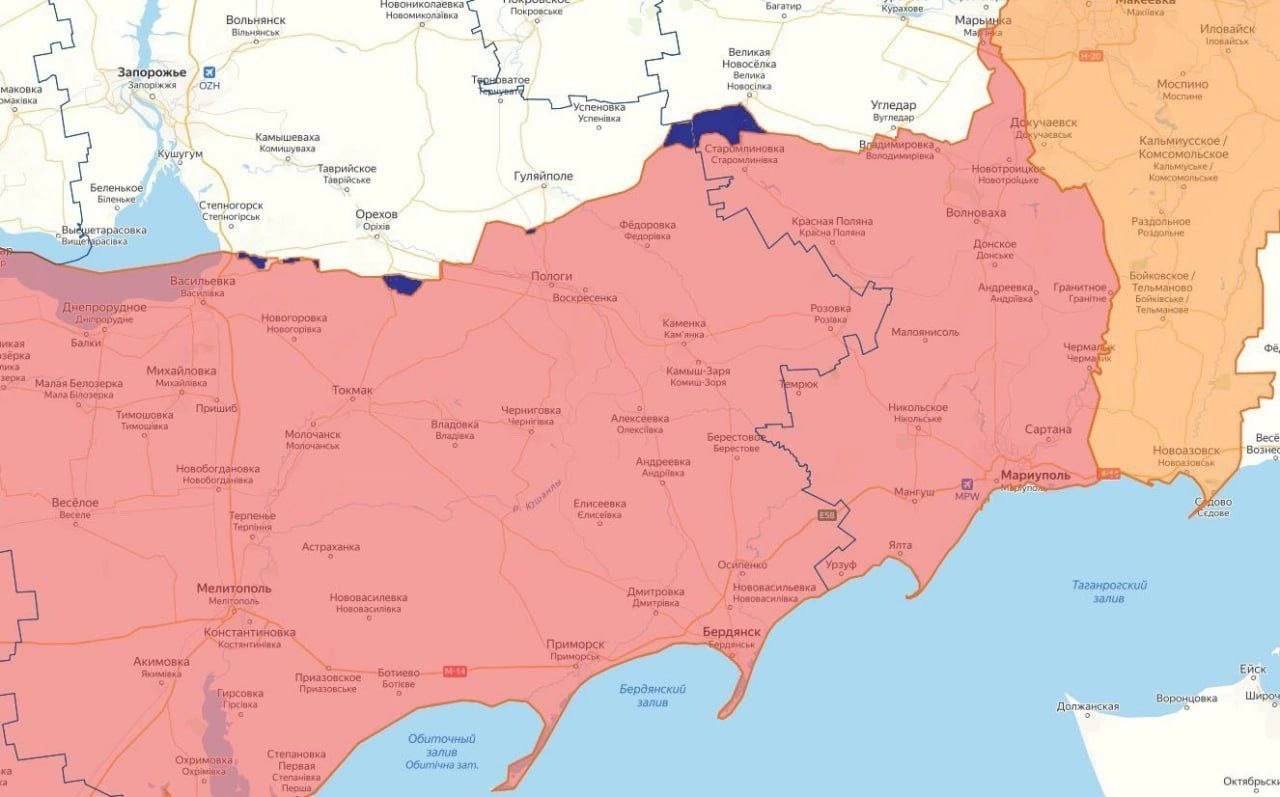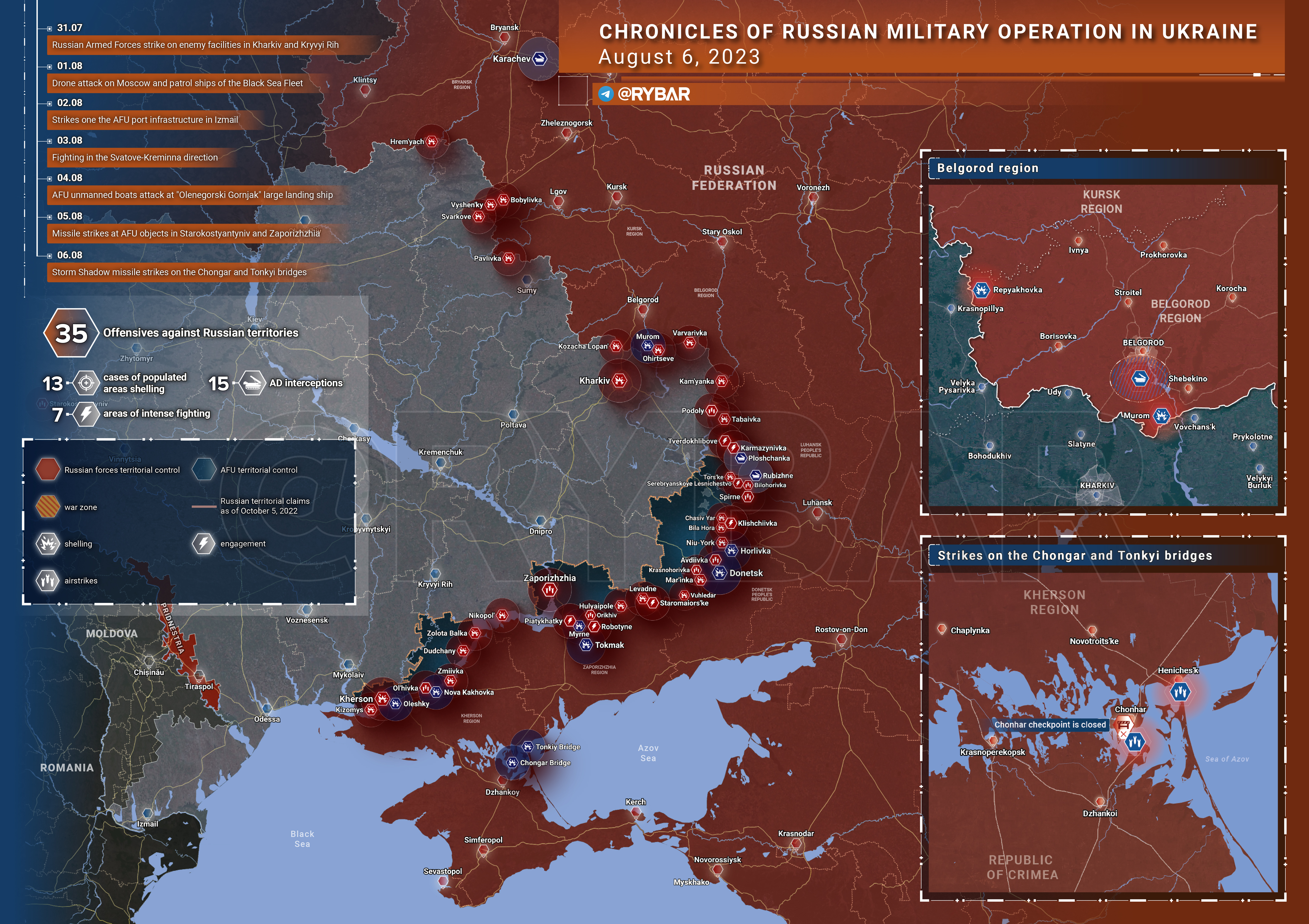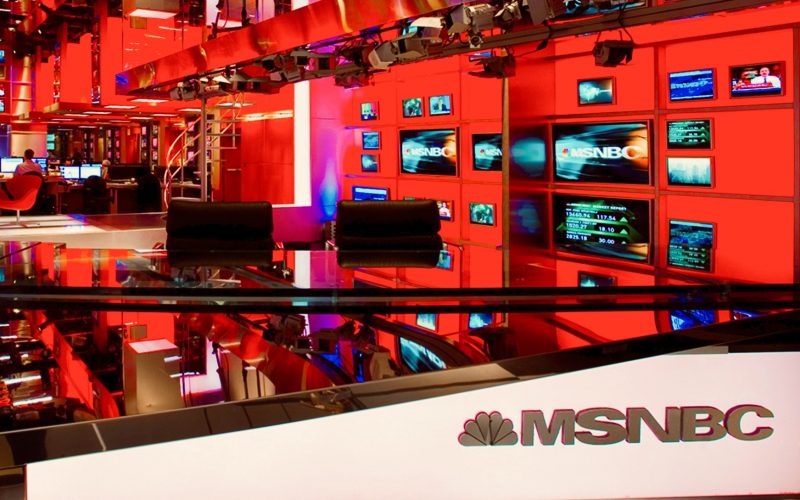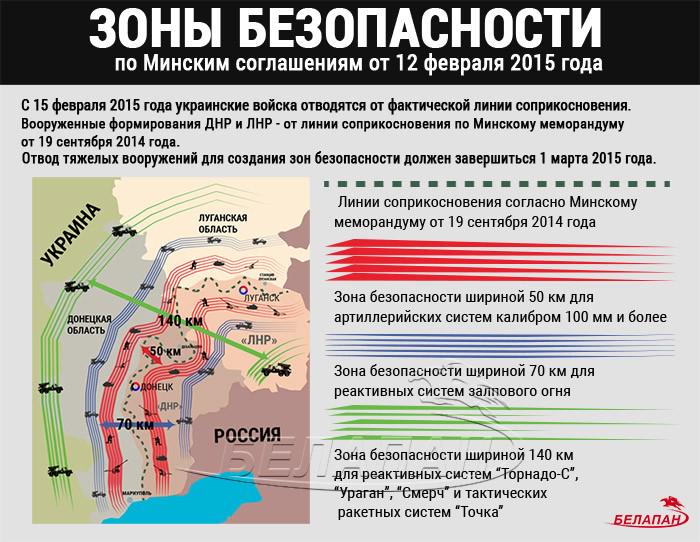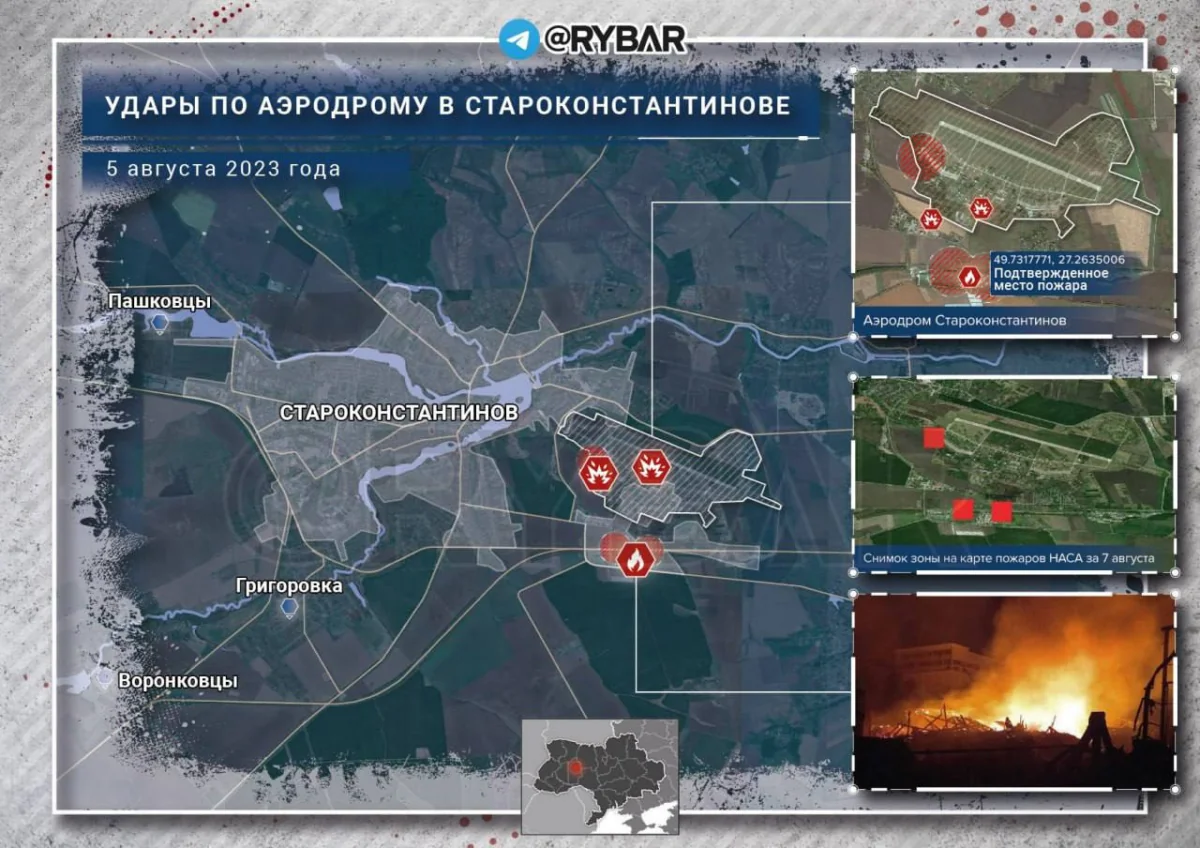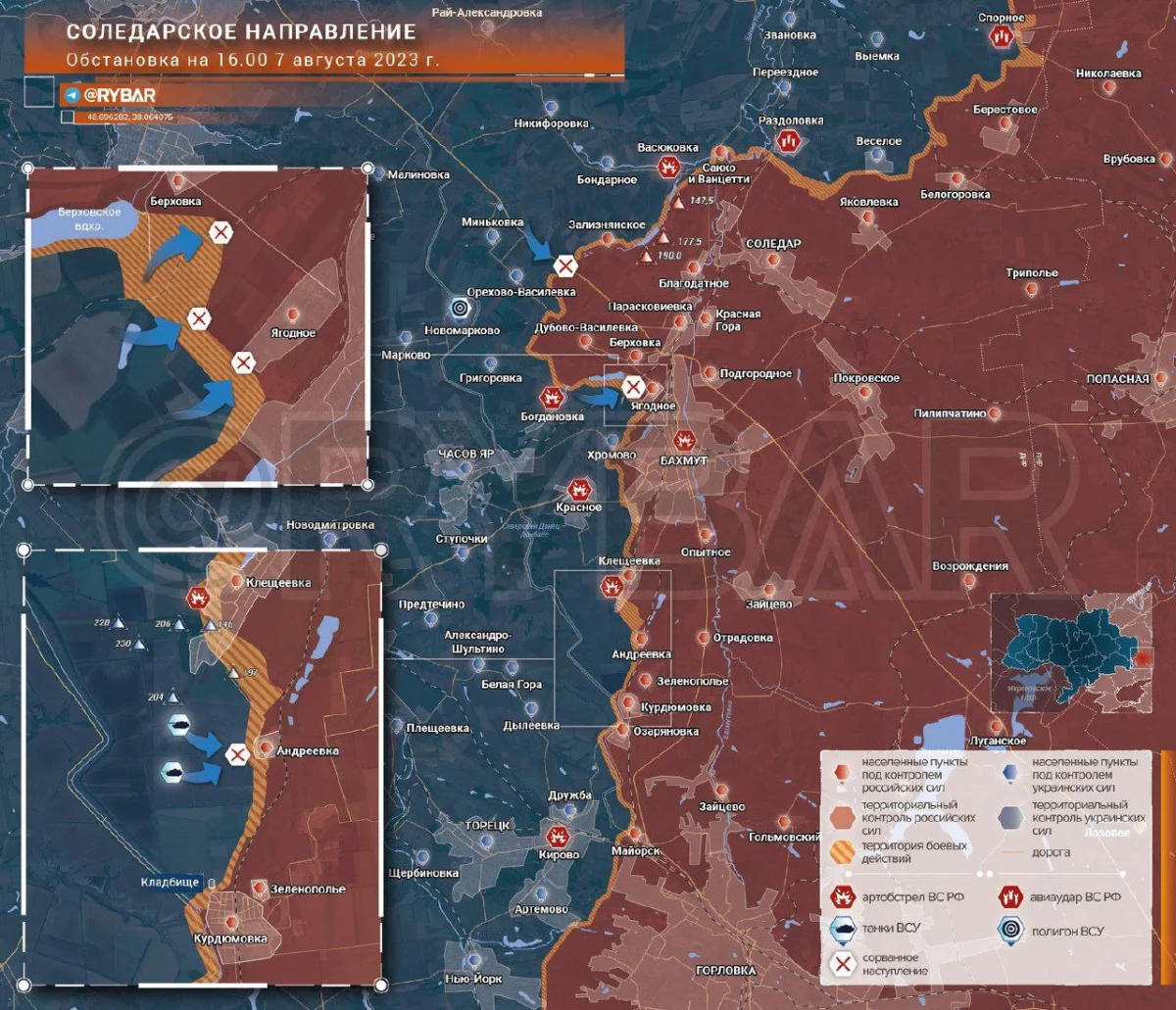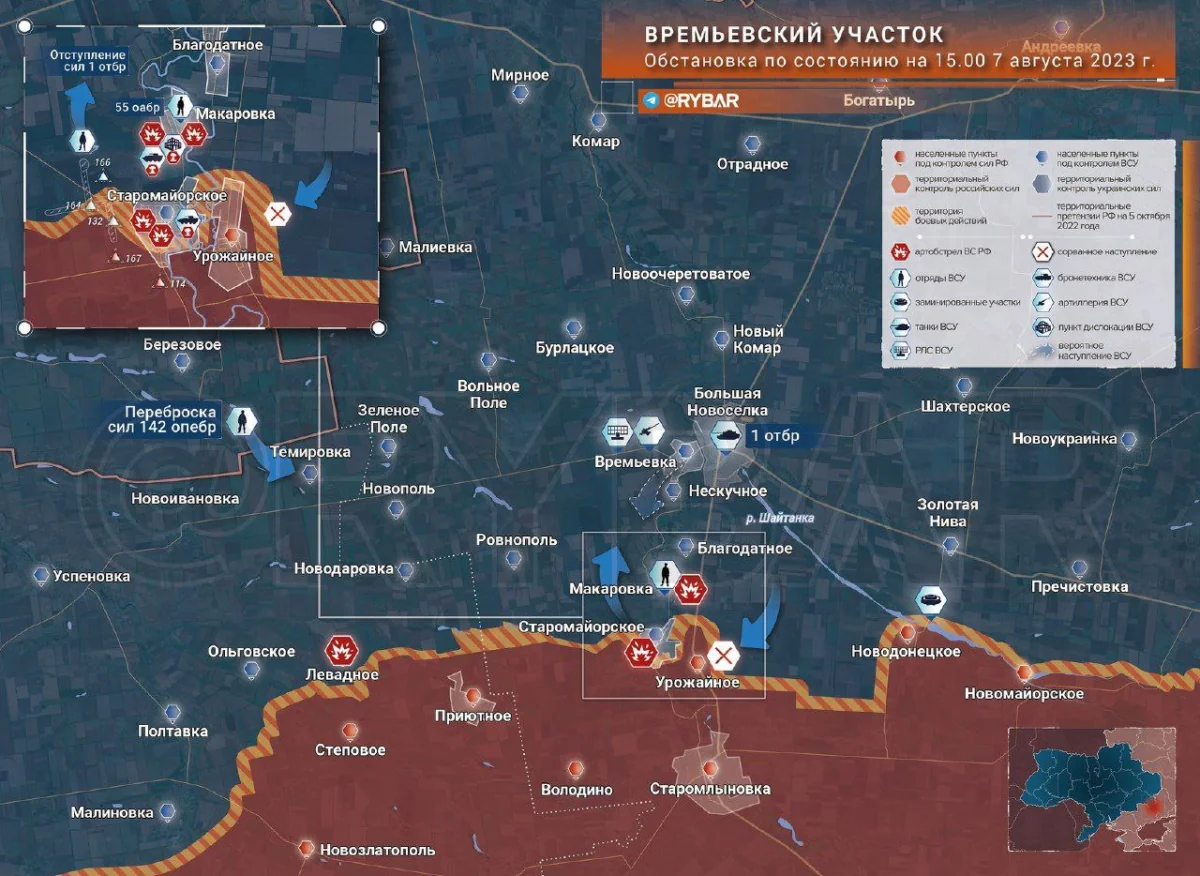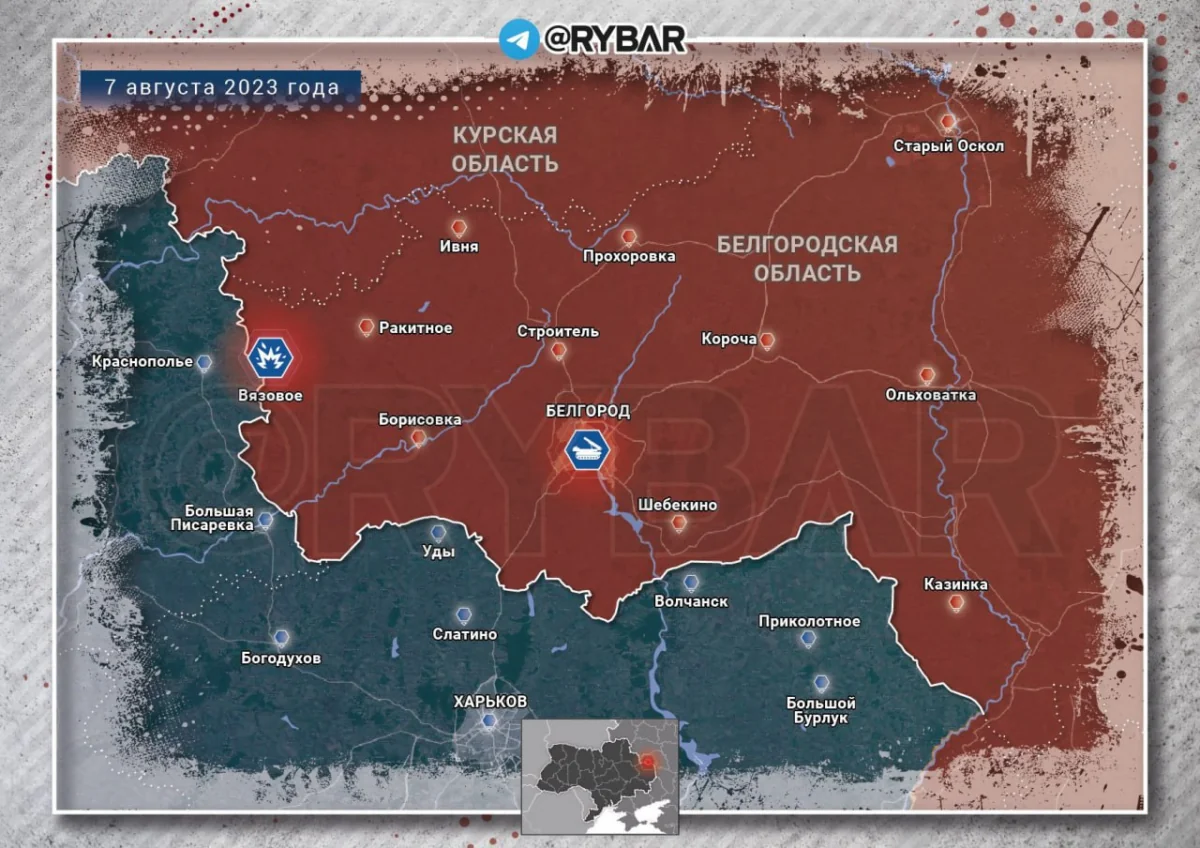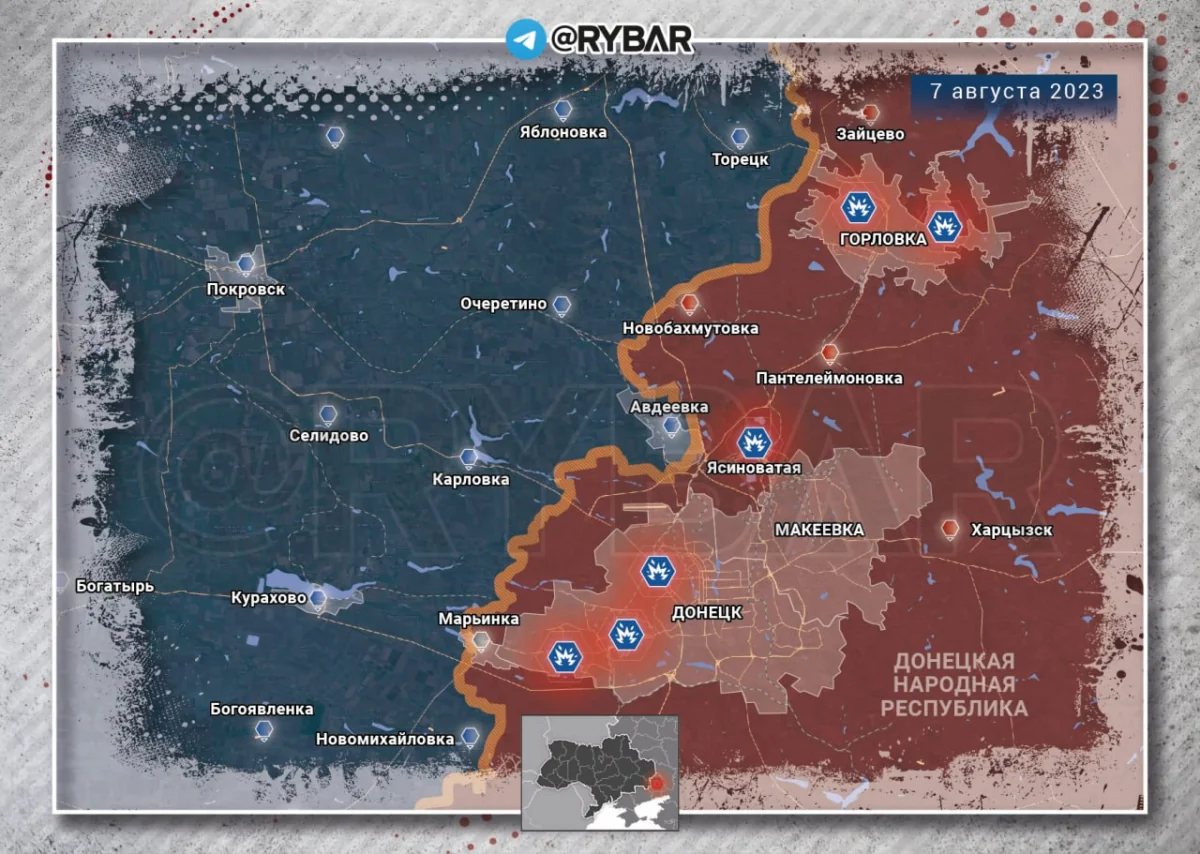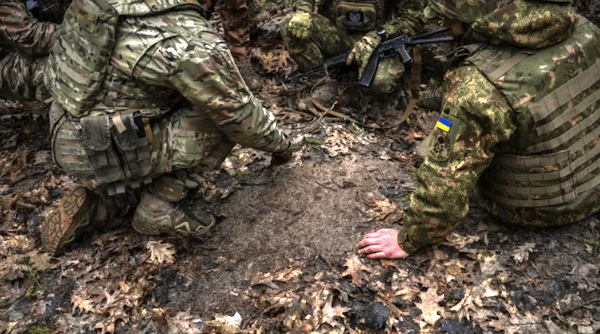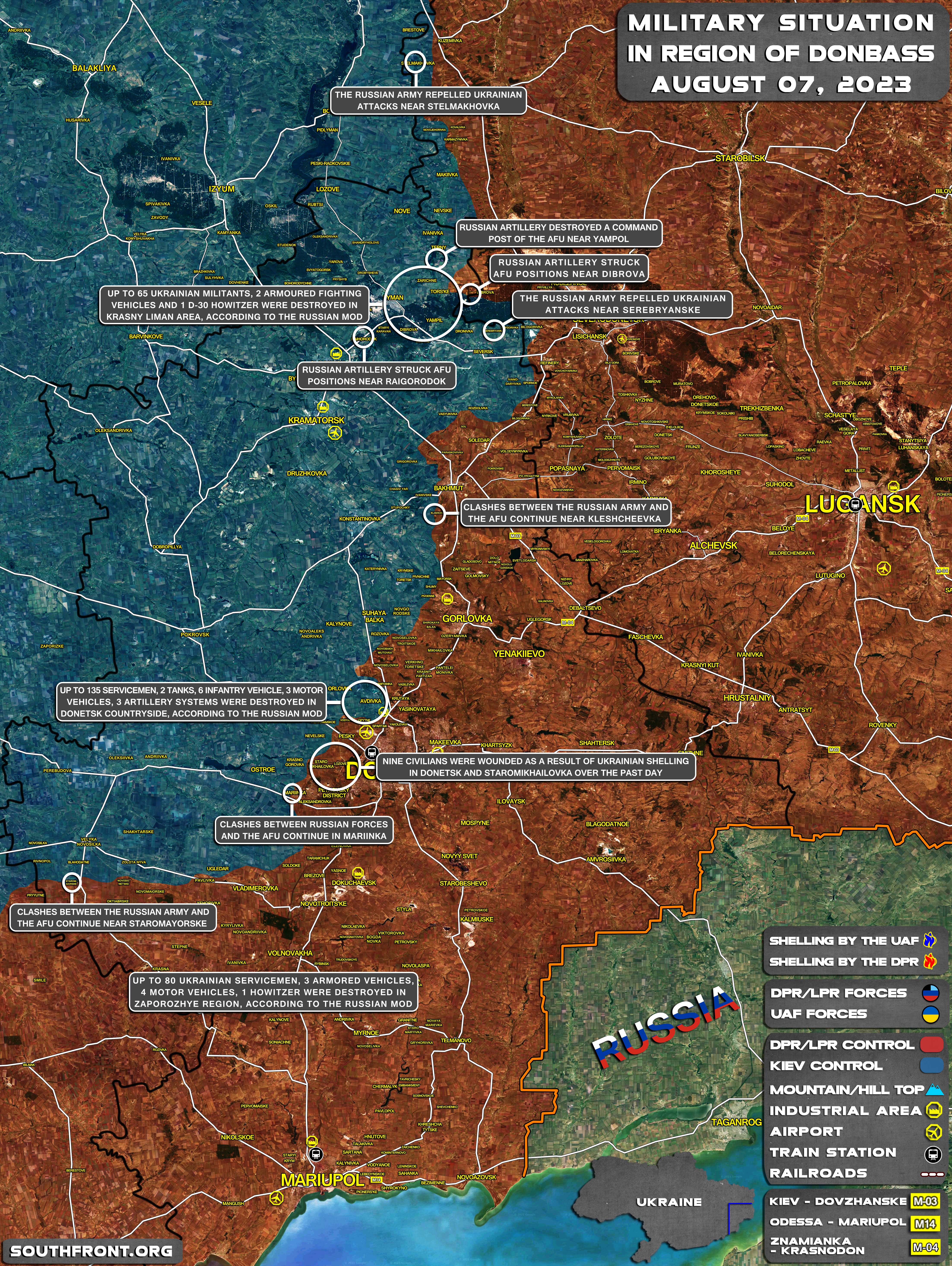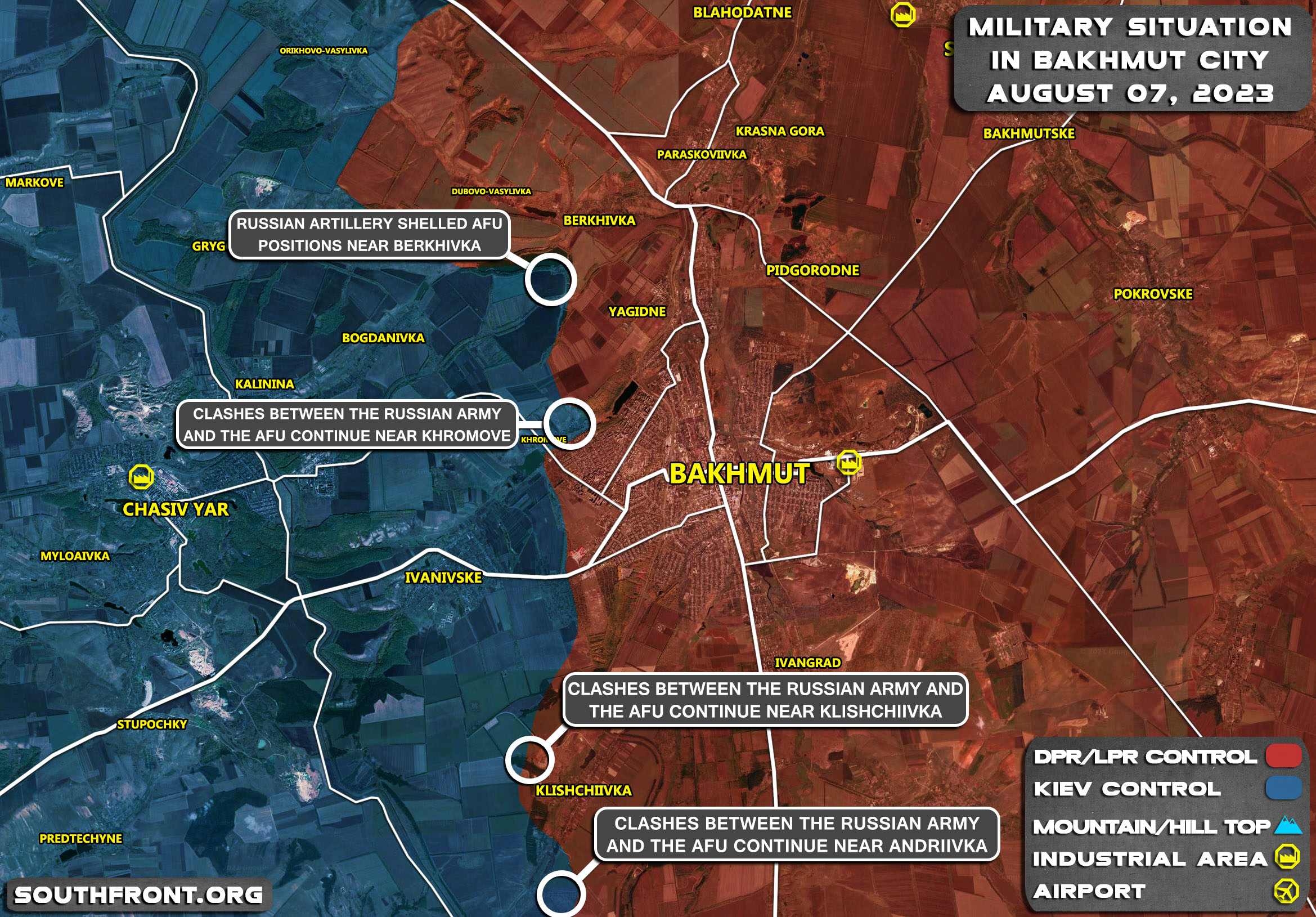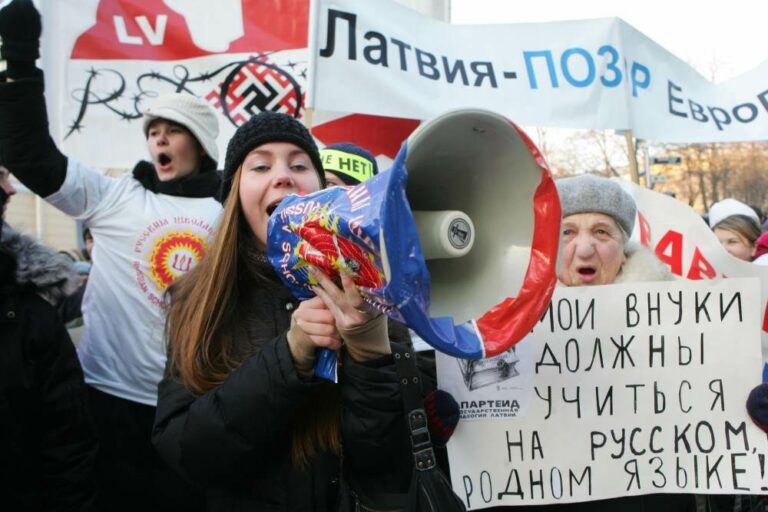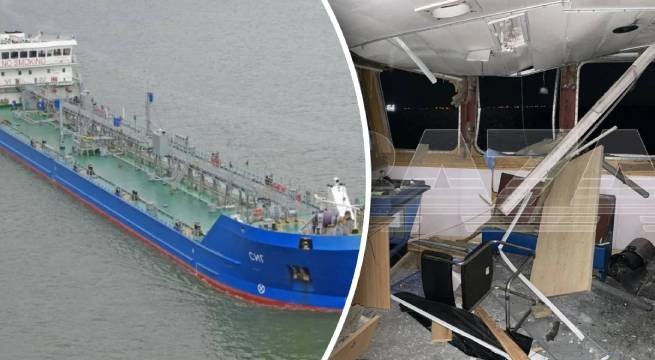POSTED BY @NSANZO ⋅ 08/01/2023

Yesterday, after the information was published last Friday and confirmed by Zelensky's right-hand man, Andriy Ermak, the Saudi authorities ratified that a peace negotiation summit in Ukraine will be held in the country next August. The announcement has caused headlines such as the last hour of the EFE Agency, which stated that "Kiev confirms the start of talks in Saudi Arabia in August for "a just peace"", information that was later expanded to add that representatives will participate in the summit. international. Despite appearances and the mention of peace, this meeting in which Ukraine and its partners aspire to impose their positions on the end of the war should not be confused with a peace summit or with the possibility of starting a real negotiation in Search for a way out of the conflict.August summit in Saudi Arabia, presumably in the city of Jeddah, makes the possibility of a negotiated solution to the war or the start of peace talks in which the parties to the conflict participate even more unfeasible.
And it is that the approach of the summit is not a negotiation between those who fight in the war but a dialogue - in which probably only one party has a voice - between Ukraine and its allies, who would also invite a dozen countries, including India , Brazil, Mexico or Zambia, considered neutral. "However," explained The Wall Street Journal last Friday, "this year's summit would not include Russia." It seems evident that, without the participation of one of the parties in the war, there can be no possible negotiation, so it must be assumed that the objective is another. Of Russia, the article goes on to state that it "has rejected any serious peace talks and has stuck to its maximalist demands for any resolution, including the annexation of territory that her forces do not control right now." Moscow, which began peace talks just days after the invasion and remained in the Minsk process during the seven years in which Ukraine made it clear that it had no intention of abiding by what was signed, has never had the opportunity to reject these conversations since you haven't even received an invitation to attend as a listener. The affirmation of The Wall Street Journal also contrasts with the attitude that Russia maintained in the talks that led to the failed Istanbul summit, from which a draft agreement emerged that Ukraine quickly rejected.
At that time, with Russian troops suffering, but still besieging Kiev and advancing on all the territories south of the Dnieper, Russia was willing to abandon all those occupied lands in Ukraine beyond Donbass, whose independence it had recognized, and Crimea, that eight years ago she had chosen to be Russian. Considering the military situation, such a proposal, in which Ukraine could even have negotiated the borders of Donbass, cannot be considered a victor's peace., in the same way that the Minsk agreements were not, despite the fact that they were described as such by a part of the Western press. Both from the beginning of the Russian military intervention and throughout the seven years of the Minsk process, it was Ukraine and not Russia that clung to maximalist positions that it could not impose and that did not correspond to the reality on the ground. In the case of the period between 2015 and 2022, the Ukrainian demands did not correspond to the document signed in the Belarusian capital under the mediation of Angela Merkel and François Hollande.
In both cases, the real reason for rejecting the compromise was precisely the maximalist position of Ukraine, which was not willing to accept any agreement that did not imply the handover of Crimea, all this despite the fact that the Minsk agreements dealt solely and exclusively with on the status of the territories under the control of the DPR and the PRL. This position has not only not changed, but the war with Russia has given Ukraine one more tool in its attempt to recover the lost peninsula. Volodymyr Zelensky's “Crimean declaration” called for the use of all the tools at kyiv's disposal to achieve the return of the precious territory to Ukraine. At the time of its promulgation, those tools were limited to political and diplomatic pressure and the imposition of personal or sectoral sanctions that did not really affect the functioning of the Russian economy. With Russia's entry into the war and the willingness of its partners to fight against Moscow “to the last Ukrainian”, as Lindsey Graham put it, Ukraine now has the possibility of using military means, including weapons that countries generously send from NATO.
Despite the eight years of war that Ukraine has waged in the Donbass, the real objective has always been the recovery of Crimea, a territory lost not because of weapons but because of Kiev's political attitude in 2014, which gave Russia all the facilities to carry out a clean and fast military operation in which he was aware that he had the favor of the population. The question of Crimea is also one of the reasons why compliance with Minsk was unfeasible for Ukraine, a process that it sabotaged from practically the moment it was signed until the entry of Russian troops into Ukraine left a document empty that never had a chance. to be implemented. The West had not acted against Russia in 2014 and there was no prospect that it would, so implementing the Minsk agreement was seen in kyiv as acceptance of fait accompli in Crimea. That was really the realistic and pragmatic position of Angela Merkel, but also of Barack Obama, both aware that the reality on the ground favored Russia, which had the support of the population for the accession of the territory.
Crimea was also the reason why the Istanbul summit could not result in an agreement. Ukraine was in no way going to give up a strategic part of what it considers its territory unless it found itself militarily defeated or abandoned by its partners, prerequisites that did not exist in March 2022. Boris Johnson's intervention was not necessary to reject the principle agreed that Vladimir Medinsky and David Arajamia seemed to have reached. However, the obvious rejection by Western countries of this principle of agreement is, in itself, more than significant and denotes the commitment to the common war against Russia that continues to be perceived today, especially in the case of the United Kingdom, even more belligerent than USA.
After the breakdown of those negotiations and Kiev's explicit commitment to war to the end, with the declared objective of reconquering Crimea, no political negotiations have been possible, mainly because Ukraine has rejected each of the mediation proposals that have been put forward. countries not directly involved in the war. Indonesia, in a proposal that caused the ire of Mikhailo Podolyak and earned the country the qualification of "friend of the country of Dostoevsky and Lenin" raised the possibility of holding referendums. China presented a twelve-point peace plan that began with "respect for the territorial integrity of all countries." A delegation from several African countries proposed, both in kyiv and in Moscow, a ceasefire and the immediate start of peace negotiations. And Lula da Silva, Despite not presenting a concrete plan, he offered to mediate to achieve a diplomatic solution to the conflict and has sought international allies to boost the search for peace. All these proposals have been rejected. The Ukrainian Foreign Minister has expressed his "concern" about the proliferation of peace plans, which he has described as "absurd". For kyiv, no negotiation is necessary, just acceptance of thepeace plan presented by Volodymyr Zelensky in December 2022 and which has ten points that can essentially be summarized as:
1.Radiological and nuclear safety, a point with which Zelensky intends to demand the unconditional handover of the Zaporozhie nuclear power plant.
2.Food security, a way to demand guarantees for Ukrainian agricultural exports, which are an important source of income.
3.Energy security: aid for the reconstruction of Ukrainian infrastructure and restrictions and price caps on Russian energy exports.
4.Release of prisoners and deportees
5.Territorial integrity of Ukraine according to its 1991 borders.
6.Withdrawal of Russian troops and cessation of hostilities.
7.Justice: creation of an international court to judge Russian crimes. Obviously not the Ukrainians.
8.Protection of the environment, a curious requirement considering that Ukraine has not hesitated to bomb a nuclear power plant.
9.Prevention of future escalation with the construction of a Euro-Atlantic security architecture that includes guarantees for Ukraine.
10.Confirmation of the end of the war through a treaty signed by both parties.
It is no coincidence that there is no mention of the rights of the population among the broad themes that Zelensky raised last winter. Throughout the Minsk process, Ukraine not only made it clear that it would not agree to offer amnesty to those who had fought on the side of the DPR and LPR despite having committed to doing so by signing the agreement, but also passed a law ad hoc to guarantee impunity for its soldiers and worked for years on a law on collaboration, threatening the population of Donbass with criminal charges for collaborationism that included, for example, the teaching professions. Since the start of the Russo-Ukrainian war, kyiv has had the opportunity to put its promises into practice with all kinds of abuses that have been positively commented on by the Western press. Should Crimea be recaptured, where Ukraine openly states its intention to deport 500,000 to 800,000 residents and punish another 10,000 for collaboration, presumably there would be no major objections from human rights defenders either. After all, in the years in which Ukraine has maintained a blockade to stifle the Donbass economy and thus subdue its population, there have been no protests from Western humanitarian sectors.
The objective of this propaganda summit for just peaceIt is none other than reaffirming, with the presence of international representatives, the will of Ukraine as the only way out of the conflict, thus annulling any other proposal that implies a negotiation process. The subtext of the proposal is so evident that some countries have already shown their rejection. Andrés Manuel López Obrador, president of Mexico, announced yesterday that his country will participate in any initiative that involves negotiation between the parties, but he distanced himself from this unilateral act in which only one of them is represented. However, that is the goal. kyiv will continue to fight - as long as its partners supply it with the weapons to do so - until it achieves its objectives, which are so maximalist that even their partners in the Pentagon do not consider them realistic. The just peace that Zelensky craves, thepeace born of its victory , is nothing more than the demand for the unilateral surrender of Russia and the population that in 2014 rose up, by political means or with arms in hand, against the irregular change of government that took place in Kiev, the one Ukraine has been waiting nine years to punish.
https://slavyangrad.es/2023/08/01/cumbr ... more-27839
Google Translator
******
Chronicle of the special military operation for July 31, 2023
July 31, 2023
Rybar
Last night, Russian troops launched rocket attacks on enemy targets in Kharkov : the terminals and hangars of the international airport, from whose territory drones were launched, as well as a metal mesh factory in the Novobavarsky district , where, presumably, there was a drone assembly workshop, were hit.
In the afternoon, the Russian Armed Forces fired an Iskander OTRK missile at the point of deployment of the Armed Forces of Ukraine on the territory of the Polytechnic College in Krivoy Rog . Ukrainian media accused Russian troops of hitting a residential building, but if this type of ammunition hit the building, much more damage would have been done.
In turn, the Ukrainian formations fired at the front-line settlements of Russia. Throughout the day, the Armed Forces of Ukraine inflicted massive strikes on civilian objects of the DPR : four people were killed, another 14 were injured. In the evening, the village of Basan in the Zaporozhye region was under fire : three civilians were killed, at least 15 were injured.
On the fronts, the situation did not undergo significant changes. The enemy made attempts to break through the Russian defenses in the Starobelsky , Soledarsky and Zaporozhye directions , but all of them were successfully suppressed by small arms and artillery fire.
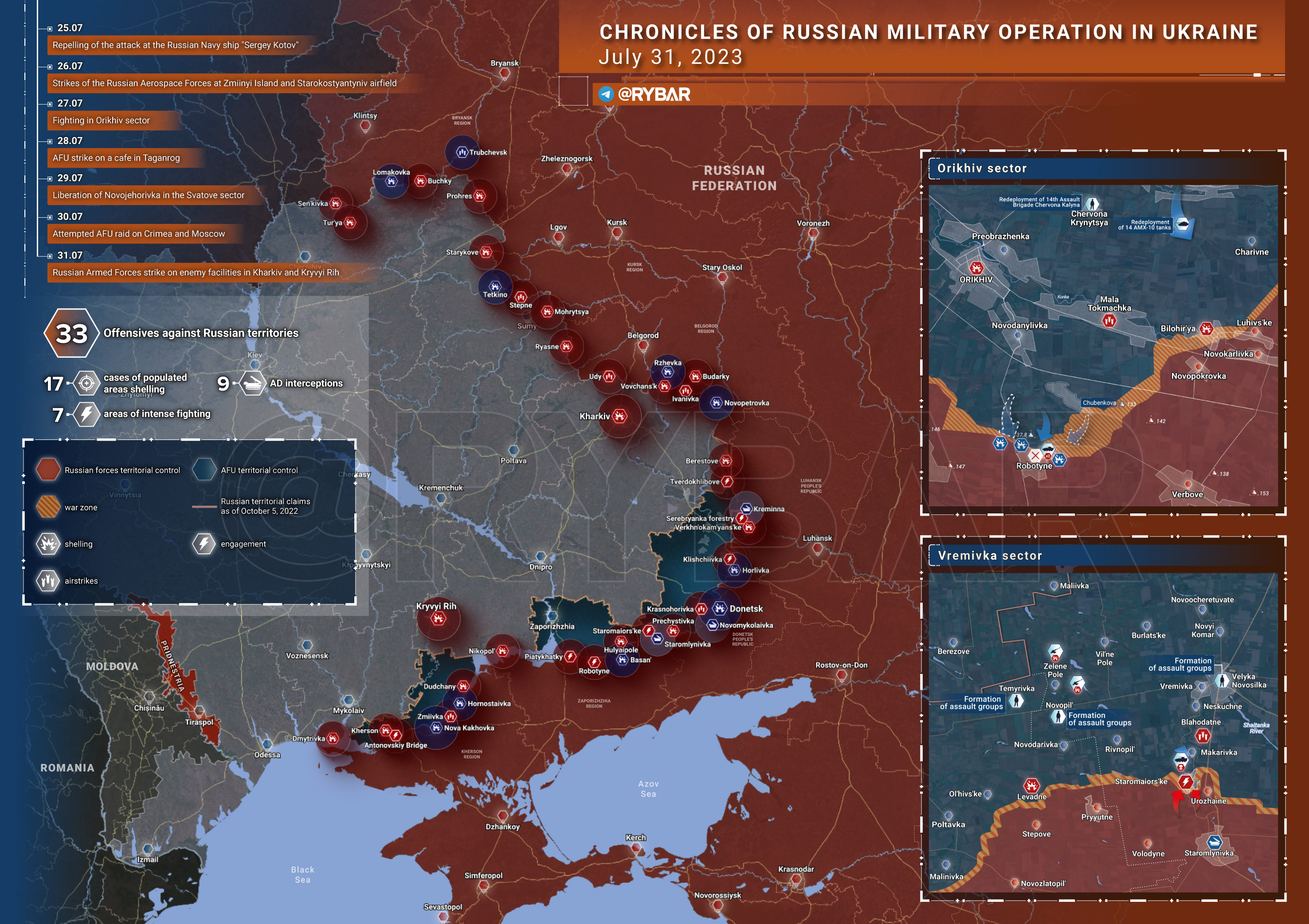
Russian Armed Forces attack on Kharkov airport

Late in the evening of July 30, Russian forces carried out two strikes on targets in Kharkov . One of the arrivals came to the area of the international airport in the south of the city: an explosion thundered in the area of terminals and hangars.
Although the exact scale of the consequences of the raid is currently unknown, the target was clearly not chosen by chance: just yesterday, the odious Ukrainian oligarch and defendant in numerous corruption schemes, Serhiy Prytula , published a video with Bober drones that the Armed Forces of Ukraine are attacking the Russian capital.
High-quality airfield coverage, typical for civil airports, got into the frame. Of these structures, it is the Kharkiv air harbor that is closest to the Russian border, and with a certain probability, the enemy launches Beaver drones into Moscow from there. It is possible that at night the Armed Forces of Ukraine just lost some of these UAVs.
Another target of the strike was a metal mesh factory in the Novobavarsky district , where the drone assembly workshop was allegedly located. Local residents confirmed a powerful explosion and a large fire at the site of the rocket hit.
On the activation of American satellites over the Crimea

It's no secret that Western satellites monitor the situation on the Earth's surface, essentially acting as the final authority in choosing a target for long-range missile strikes.
During this week, the activity of the satellite constellation has increased - on average, American Topazs take 14-15 pictures of various objects in Crimea , compared to 7-10 at the beginning of the month.
And in recent days, special attention has been paid to three objects: the bridge across the North Crimean Canal, the airfield near Kacha and the Voinka railway station on the way to Krasnoperekopsk .
This is without taking into account other objects, such as Gvardeyskoye , which was photographed 29 times in a month. And if we take into account the number of attempts to hit this base, it becomes obvious why they do it.
The threat posed by space intelligence cannot be taken lightly. And at a minimum, it is necessary to take into account which areas the satellites are shooting over and take countermeasures in advance.
On the intensity of shelling over the past week
Ukrainian formations daily release several hundred different types of ammunition in front-line territories of Russia . Compared to last week, the intensity of shelling has decreased: in the DPR and Kherson region by about 9%, and in the Belgorod region by 37%. Nevertheless, a difficult situation persists in each of the regions: dozens of residential buildings and infrastructure facilities have been damaged. In these regions, four civilians were killed in a week, at least 44 were injured.
The enemy is using Western-made cluster munitions to strike at civilian targets. In Lisichansk , a rear school, where a temporary accommodation center for refugees was located for several months, came under shelling: by a lucky chance, there were no casualties. At the same time, over the past week, the Armed Forces of Ukraine have had a number of attacks on the rear regions of Russia. In addition to Crimea, Ukrainian drones attacked the capital three times, damaging two towers in the Moscow City business center and injuring one person in the latest raid. The enemy also attacked Taganrog with an S-200 missile, injuring at least 16 civilians.
Against the background of the lack of significant progress in two months and preparations for the second phase of the offensive, the command of the Armed Forces of Ukraine will continue such attacks aimed at inspiring the Ukrainian audience and to influence the morale of the Russian population.
The situation on the front line and the fighting

In the north-east of Ukraine, the enemy continues to concentrate resources near the borders with Russia . Small reconnaissance groups operate along the Belgorod , Kursk and Bryansk regions , monitoring the activities of the RF Armed Forces. The other day, one of the DRGs tried to infiltrate into Russia near the village of Zabrama , but was hit by Russian military personnel and retreated back. Curiously, this is not the first attempt to penetrate the territory of the Russian Federation in this area: earlier Belarusian mercenaries from the Kalinovsky battalion were noted in this area.
But the sortie itself is hardly the only one. Subversive groups have been deployed in villages and towns along the border. Two such arrived in Pokrovka , and Turkish citizens showed up in Semenovka . These may be mercenaries who train the Armed Forces of Ukraine in the use of Turkish-made weapons, such as Bayraktar or MLRS. In addition, units of the 3rd tank brigade of the Armed Forces of Ukraine report the transfer of formations of the so-called "Russian Volunteer Corps" to Olkhovatka and Komissarovka . This indicates a possible activation of the Armed Forces of Ukraine in the Belgorod direction.
In the Starobelsky direction, a tense situation remains along the entire front line: the parties are engaged in positional battles and artillery duels in the Kupyansky , Svatovsky and Limansky sectors . The Ukrainian command is concentrating additional forces on the Svatov sector, preparing for a possible attempt to break through the Russian defenses and advance in the direction of Svatovo . At the same time, to the south near Torsky and in the area of the Zhuravka beam , despite numerous counterattacks, the Armed Forces of Ukraine were unable to recapture the positions occupied by Russian troops.
In the Soledar direction , the Armed Forces of Ukraine continue to storm the positions of the RF Armed Forces in the Kleshcheevka area on the southern flank of the Bakhmut defense . Russian units managed to stabilize the situation, but the situation around the village remains quite tense.
In the Avdeevsky sector, the parties are conducting mutual reconnaissance and are concentrating additional forces to the front line. Russian artillery regularly fires at open enemy concentration areas, hitting the personnel and equipment of the Armed Forces of Ukraine.

On the Vremyevsky site , despite statements about the return of control over StaromayorskyRussian troops, the situation looks somewhat different. There is practically nothing left of the village, and there is nowhere to hide in it. Therefore, it is physically difficult to control Staromayorskoye not only for our units, but also for the Ukrainian formations, which even recently conducted a reconnaissance of the area in search of places to equip strong points. Now Russian troops are conducting a positional attack with artillery support, trying to drive the enemy out of the village. However, Staromayorskoye itself is actually in the gray zone. The Armed Forces of Ukraine continue to send small groups to secure the site. One of these came under fire, and they tried to evacuate it on two armored combat vehicles, which were instantly fired upon by artillerymen. Also, Russian units are conducting an intense counter-battery fight.

In the Zaporizhia direction in the morning, the enemy, with the support of two Bradley infantry fighting vehicles, tried to attack the positions of the RF Armed Forces near Rabotino . However, the group's advance was opened, and it was hit by artillery and anti-tank systems - both infantry fighting vehicles were destroyed. At the moment the situation is relatively stable. The Armed Forces of Ukraine continue sorties to the front lines by infantry groups without the use of armored vehicles. One of these was repulsed in the Pyatihatki area . However, judging by the activity of the enemy, attacks will resume in the near future, and not only in the direction of Rabotino. 14 AMX-10 wheeled tanks were transferred to the zone of responsibility of the 108th TRO brigade in the Pologovsky sector, probably from the composition of the Marun tactical group. In addition, several assault groups of the 47th Ombre arrived in Orekhov. Three companies of the 56th, 417th and 423rd rifle battalions of the Armed Forces of Ukraine were moved to Kamensky, and the forces of the 14th brigade of the National Guard of Ukraine appeared in Krasnaya Krinitsa .
Russian troops launched a strike from the Iskander OTRK on the deployment point of the Armed Forces of Ukraine on the territory of the Polytechnic College in Krivoy Rog .
The Ukrainian media massively disseminated reports about a Russian missile hitting a residential building, but if Russian ammunition hit the building, much more damage would have been done. At the same time, the direction of the rays of the explosion indicates that the projectile flew along a trajectory characteristic of anti-aircraft missiles of the S-300 complex.

In the Kherson direction in the morning on the Goloprystan sector , three Ukrainian DRGs in small boats, moving along the Domakha River, tried to land on Vasilkov Island. The movement of the boats was detected, and they were hit by artillery. As a result, two boats with 10 people were hit, and one went back. However, this sortie is only one of many that have been on this site in recent months. A very unpleasant situation is developing near the Antonovsky bridge, where Ukrainian formations not only hold a bridgehead, but also try to move deep into the territory on the left bank of the Dnieper. Despite systematic fire defeat, the DRGs of the Armed Forces of Ukraine are advancing all the way to the southernmost islands, supported by artillery from Sadovoe, and are inflicting harassing strikes on the northern outskirts of Aleshki .
Shelling of rear territories and residential areas

Ukrainian formations continue to fire at the civilian infrastructure of the Bryansk region . In the village of Lomovka , four households, two cars and a power line were damaged. In the village of Sushany , households and outbuildings were damaged. There were no casualties. In addition, last night in the city of Trubchevsk , a UAV drone fell on the building of the police department: the roof and glazing were damaged.

The enemy again struck at the border Glushkovsky district of the Kursk region . In the village of Tetkino, five arrivals at residential buildings were recorded. Several homes were reported damaged. In addition, Krasnooktyabrsky came under fire . At the moment, the settlement is de-energized.

The Armed Forces of Ukraine continue to strike at the border settlements of the Belgorod region . In the Shebekinsky urban district, three private residential households and a power line in the village of Rzhevka were damaged . In Novopetrovka, one of the shells hit the garage, fragments of another ammunition damaged the facade of a private house. There were no casualties.

Throughout the day, Ukrainian formations continue the artillery terror of the civilian population of the Donetsk agglomeration , including using the HIMARS MLRS. The capital of the republic came under massive shelling. In the Voroshilovsky district , administrative buildings, private and apartment buildings, as well as vehicles were damaged: two people were killed and at least ten were injured.
In the Kuibyshev district of the city, infrastructure facilities, residential buildings and shuttle buses were damaged: one civilian was killed, three more were injured of varying severity. Horlivka , Makiivka , Yasinovataya and the suburbs of Donetsk were also under fire . In Gorlovka, a man was killed as a result of the strike, and in Yasinovataya, a water canal was damaged after a drone attack.

In the Zaporozhye region in the evening, Ukrainian formations dealt a massive blow to the civilian infrastructure of the village of Basan . A grocery store came under fire: according to preliminary information, three people were killed and at least 15 more were injured. There was a child under the rubble.

The Armed Forces of Ukraine continue to terrorize the left bank of the Kherson region . In total, at least 29 shells were fired at Kakhovka , Gornostaevka and Korsunka . In the city of Novaya Kakhovka, a cafe came under fire. One local resident was reported injured.
Political events
On the upcoming negotiations in Saudi Arabia on theft
The US State Department confirmed information about the upcoming talks in Saudi Arabia on Ukraine this week . Earlier, the head of the Office of the President of Ukraine, Andriy Yermak, announced the plans of Western partners to hold a meeting with the participation of the countries of the "global South" to develop a "peace formula" in Ukraine.
Mexican President Andres Manuel López Obrador has already spoken about the upcoming event , indicating that the country will not participate in peace talks in Ukraine unless Russia is invited to them . At the same time, he expressed hope for a speedy end to the Russian-Ukrainian conflict.
Earlier we already wrote about the futility of peace negotiations without the participation of such countries as Russia and China . At the same time, the key goal of the meeting for the Western countries is another attempt to win over the Russian partners in the BRICS, as well as to strengthen the international isolation of the Russian Federation.
Foreign ships again go to the ports of Ukraine on the Danube
Foreign ships are again going to the ports of Ukraine on the Danube, despite the recent shelling of the port infrastructure of Reni . On July 30, several foreign ships passed through the Turkish straits and advanced towards Ukraine. Today, the Israeli ship Ams1 entered the Ukrainian branch of the Danube. It is reported that the ships are accompanied by NATO forces.
It is worth noting that the Danube ports were used to supply arms to Ukraine even before the start of the grain deal and after Russia withdrew from it. However, their throughput is incomparable with seaports.
https://rybar.ru/hronika-speczialnoj-vo ... 2023-goda/
Google Translator
*****
About "NATO Trained" VSU Units.
Yes, about that--NATO Trained.
(Video at link.)
By now not only this qualifier sounds funny but it becomes down right buffoonish since the inevitable question arises--and what CAN NATO possibly "train" in a few weeks those VSU "elite" units when the WHOLE process of combat training and field manuals of NATO is utterly incompatible with the modern warfare of scale. "Training" just the use of battlefield weapons and some basic unit maneuvering with comms, which are being suppressed brutally by Russian Army at the front-line, using finicky and grossly over-hyped NATO weapons? That's not real "combat training".
Fact is, teaching personnel a physical exertion, while important, in and of itself doesn't even begin to cover a set of requirements for modern warrior who operates under the fire intensity and ISR constrains (for VSU), such as Starlink comms now being suppressed all over the place (in Russian), while maneuvering is de facto impossible without being detected, tracked and annihilated by long-range fires. None of that is known to NATO trainers and that is why even VSU servicemen laugh at this "training". And then, of course, comes this issue of officer cadre. Interestingly, Macgergor speaks about it in his latest video I posted, where he gives (grim) assessment of US service academies. Risking to call the wrath of some people upon me, I dare to state that NATO officer corps education and training is not even in the same league with that of Russia.
Russia's military education never abolished a classic Soviet officer training which amounted to full 6 academic years (5 calendar years) and produced graduate degree military engineers with the undergraduate (Bachelor of Science) equivalent in military science. Purely combined arms (общевойсковые) academies go for 4 calendar (5 academic) years and in all of them, across the board, curriculum is simply grueling--both physically and, especially so, academically. Add here inherently much higher STEM academic level of Russia's public schools where the future military cadets originate and you will understand the abyss which separates command corps' of NATO and Russia. Today it is being paraded in a front of the whole world.
Russia celebrated her Navy Day yesterday and, as is traditional, Putin underscored the commitment for the expansion of Russian Navy. Interestingly, while everyone knows about Russian Navy's big items such as Belgorod or six pr. 22350 (M) FFGs being built, the fact that the announcer of the parade convincingly stated that all "mosquitos" will be armed with 3M22 Zircon, thus dispelling any doubts about "lightening" of Zircon for smaller ships, came as a surprise of sorts.
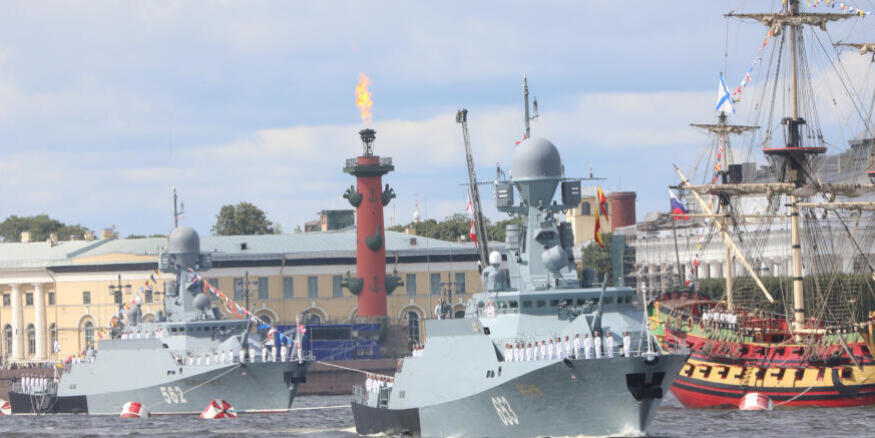
It goes like this: if you have 3C14 UKSK VLS and Centavr NM satellite comms--you are getting Zircon whether you want it or not)). We should now expect submarine (submerged) launch of 3M22 from Severodvinsk or Kazan very soon, after which Zircon will be procured to subs. Interesting...
http://smoothiex12.blogspot.com/
******
From Cassad's Telegram account:
Colonelcassad
forwarded from
Special for RT
War correspondent Semyon Pegov, author of the Telegram channel @wargonzo
SHUBIN'S HOUSE
Extremely difficult The situation is now developing in the Velikonovoselkovsky direction, fierce battles for Staromayorskoye, intense clashes in the Urozhaynoye district, the front is not appeased there - it is thundering with all its might. For every inch of land, the guys from the unit that has already become legendary during the NWO, the Cascade OBTF, are cut down there. I know a lot of guys from there, but it just so happened that most often directly on the front line we work with guys from Bely's artillery division. His team plays one of the most important roles in containing the onslaught of the enemy. Many of them, like the commander himself, began their combat career in Sparta - as boys. Now - and especially during this war - they have grown into mature and experienced officers who enjoy unquestioned authority among their colleagues. One of them is Shubin.
He really does look like a Greek athlete: he always wears a branded black cap and a T-shirt with the proud coat of arms of the OBTF “Cascade”. In those days when he was a Spartan, I remember him as a frail, almost slender teenager who broke into the RBI to serve. Now he is not yet 30, but when it comes to organizing the combat process, he talks like an accomplished colonel. Apart from all the jokes. The brains of this miner's breed of people in terms of wisdom and sobriety of assessments work simply in some kind of cosmic turbo mode.In many ways, by the way, due to the fact that all these years of the troubled "Minsk" in the republic there were commanders who allowed such young cadres to grow and develop, and did not beat their hands for another savvy initiative, how to most effectively unwind the enemy. In general, the cadres - their competence and commitment to the result - decide everything, and the team of Bely with Shubin and other fighters together is another and truly vivid confirmation of this.
But now it's about something else. I am often asked by Moscow and other intelligent friends on the mainland (this is how they call that part of Russia that is not shrouded in a network of checkpoints and defensive lines of the NMD): why and for what are we fighting? What is the motivation of the fighters? Frankly, it is not always easy to answer these questions. Because the concentration of tragedy (and it is precisely concentrated in war) is always difficult. Death is always difficult. Anyone who has simple answers to what is connected with death, either did not encounter it, or, to put it mildly, is disingenuous. Therefore, it is not easy to talk about the war, if it is necessary to explain the meaning, its roots, its deep motives. Plus, it's often personal. And when it comes to the personal, I almost always remember the story told by Shubin about his home.
Shubin is from a small Donbass village, which, by the will of circumstances, is now under the control of the enemy. Moreover, this is exactly the same direction in which the OBTF "Cascade" unit is fighting. Once examining his own village from a drone, he saw his village house in which he grew up, and antenna needles sticking out of it, which means only one thing in a war: there is a command post or a serious control post in the building, the antennas indicate the presence of a communication system. Do you know what Shubin did? He ordered an artillery raid on the coordinates of his house. To be erased into dust, so long as the enemy does not have an advantage at the front.And Donbass divisions are full of such stories. How many examples did I know when fighters had to shoot at their own apartments in Mariupol and beyond. How many in the Donbass corps are those whose cities have not been liberated - ahead of Slavyansk, Kramatorsk, Konstantinovka ... But in order to destroy the enemy - neo-Nazis and the Zelensky regime - they are ready to go to the end, even when they have to shoot at their own. What kind of motivation should they have? Over the top. Think about it.
The point of view of the author may not coincide with the position of the editors.
***
Colonelcassad
2:31
12:54
M.S. Tishchenko, a serviceman of the 54th Ombr of the Armed Forces of Ukraine, went over to the side of the RF Armed Forces.
Being the driver of an anti-aircraft missile battalion of the 54th brigade, Tishchenko surrendered in a service car fully loaded with Igla MANPADS, which he was supposed to deploy to Ukrainian positions.
He switched to the side of Russia voluntarily, contacting the units of the RF Armed Forces via Telegram, at the address indicated on the leaflet, which are permanently dropped on Ukrainian positions with the help of artillery and UAVs.
The defector explained his decision by his unwillingness to serve in the Nazi Ukrainian army and unwillingness to live in Nazi Ukraine, where the Russian-speaking population is oppressed.
According to him, there are many people like him who want to go over to the side of the RF Armed Forces in the Armed Forces of Ukraine and are waiting for Russia's victory in the NMD, and he simply checked the possibility of transferring to the side of the RF Armed Forces and recommends this to his colleagues who remained on the Ukrainian side (1st video - Tishchenko's transition
to side of the Armed Forces of the Russian Federation
2nd video - interrogation of Tishchenko)
@rtrdonetsk
https://t.me/s/boris_rozhin
Google Translator
******
Drone arrival at the Moscow City tower
August 1, 5:53

At night, a small enemy UAV hit one of the Moscow City towers. Damaged 2 offices and glazing in the tower. There are no victims. Another 2 drones were shot down on approach.

https://colonelcassad.livejournal.com/8534645.html
Google Translator
******
Gonzalo Lira Reports Torture in Ukraine Prison, Extortion, Baked-In Conviction Is Inevitable with Sentence of 5 to 8 Years in Labor Camp
Posted on August 1, 2023 by Yves Smith
Gonzalo Lira is alive, as the videos embedded below and a fresh 25-entry tweetstorm attest. However, he has a very ugly story to report. He was detained and repeatedly tortured by prisoners at the behest of guards, so as to create official deniability.
He was allowed to go free by virtue of paying $70,000 in bribes (after having stolen $9,000 of “emergency cash”) plus $11,000 in bail to be set loose before an August 2 trial date, where he was told his conviction was a certainty, despite the prosecution effectively admitting in its own filings that Gonzalo’s only crime was running afoul of Ukraine’s extreme restrictions on free speech. The anticipated sentence was 5 to 8 years in a labor camp. Gonzalo was not given access to an attorney despite claims otherwise.
And predictably, the State Department was not help, due not just to Gonzalo’s critical reporting on the US role in the conflict and outing some Western propaganda, but no doubt more specifically to his video on Russia-hater-in-chief Victoria Nuland, who was just promoted to number two at State. Representatives of the US Embassy did visit him three times, but offered, as Gonzalo put it, only bromides. But apparently there was enough noise made, particularly by the Chilean government, about Gonzalo not being allowed to post bail, so State apparently did eventually clear its throat about that.
The one bit of good news is Gonzalo is fleeing coop and that is apparently what the authorities want. He was told while incarcerated that he was supposed to leave Ukraine after the late time he was detained (but not roughed up then) and didn’t understand the message:
Gonzalo said he is going to Hungary to seek asylum. I would not be so open about my plans unless there were well settled procedures at border checks for asylum seekers… and I would not be confident of Ukraine compliance. Perhaps this announcement is a smokescreen.Gonzalo Lira
@GonzaloLira1968
But here's the thing: The conditions of my bail are that I have to wear an electronic monitor, surrender my passports, and not leave the city of Kharkov, much less the country.
HOWEVER—after posting bail, I >didn't< get an ankle monitor—and they >returned< my passports.
*****
Gonzalo Lira
@GonzaloLira1968
·
13h
Later at the SBU offices, they >returned other documents< they'd confiscated—my driver's license and my motorcycle registration.
In Sizo, I told an inmate how last year I'd been detained, released, but told not to leave Ukraine. He laughed. “They were telling you to leave!”
Needless to say, the US failure to intervene is yet more evidence this country no longer operates by the rule of law (American citizens are entitled to support of their embassies when abroad), particularly when we have bought and paid for the Ukraine government and are able to tell them what to do.
Gonzalo Lira’s status report is getting traction outside the Twitterverse:
Pro-Russian blogger Gonzalo Lira detained in Kharkiv The New Voice of Ukraine but just reposted on Yahoo, which suggests it will get around
Scratched my left eye with toothpick, cracked rib: US-Chilean journalist describes torture in Ukrainian prison FirstPost
Judge Napolitano and I Talk Intelligence and Gonzalo Lira Speaks Larry Johnson
US-Chilean journalist describes torture in Ukrainian prison RT
And the videos:
[youtube]http://www.youtube.com/watch?v=TuvY9l0ShhA[/youtube]
Please circulate widely. More exposure is Gonzalo’s best protection at this point.
I don’t want to sound a sour note, but Gonzalo has repeatedly said the measure of a life is the distance between the highs and the lows. This is an awfully low low, so let’s hope a successful escape validates a positive take on his world view.
https://www.nakedcapitalism.com/2023/08 ... -with.html

